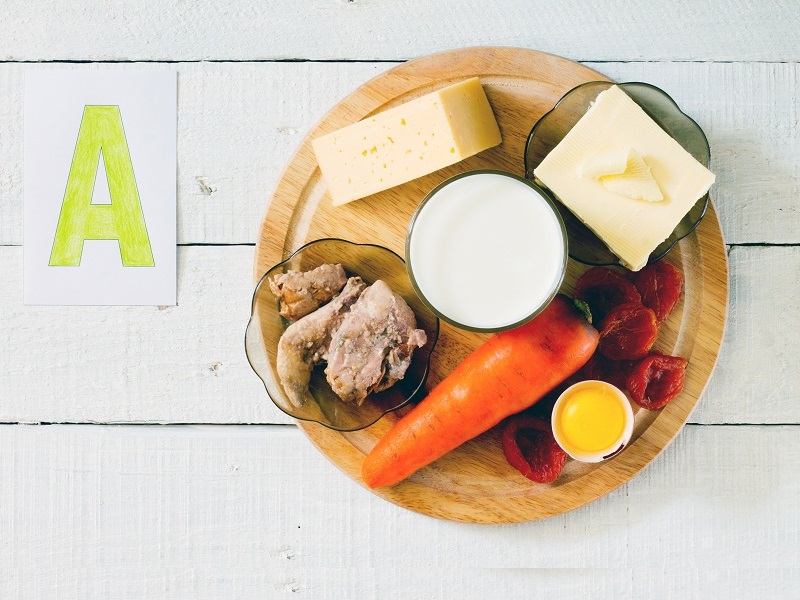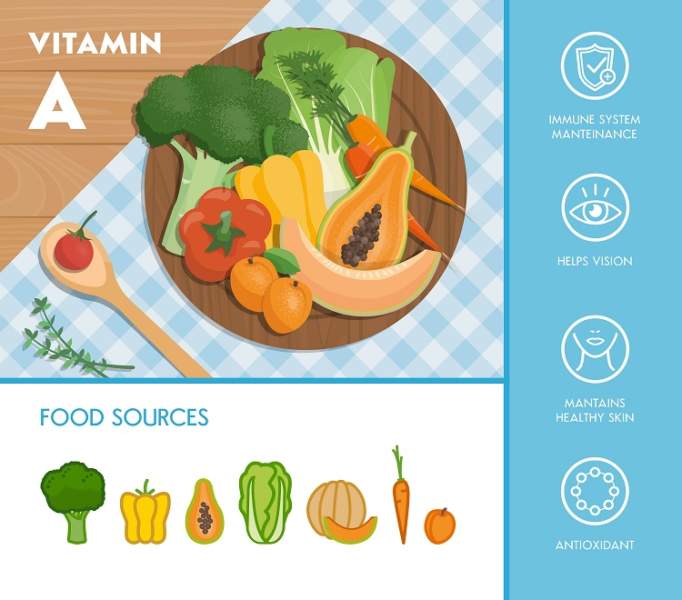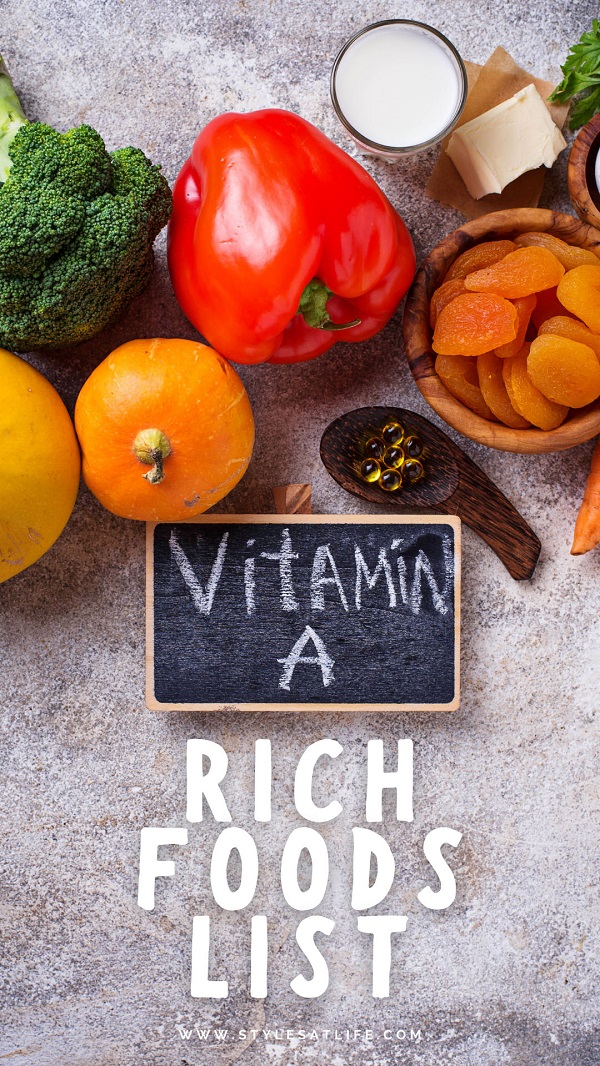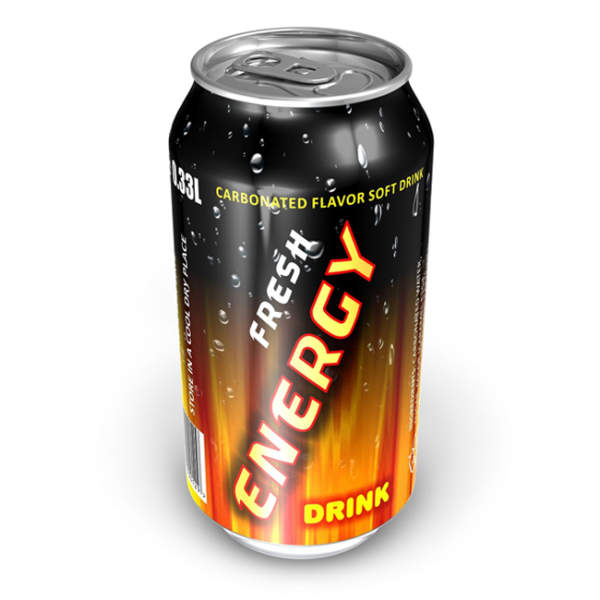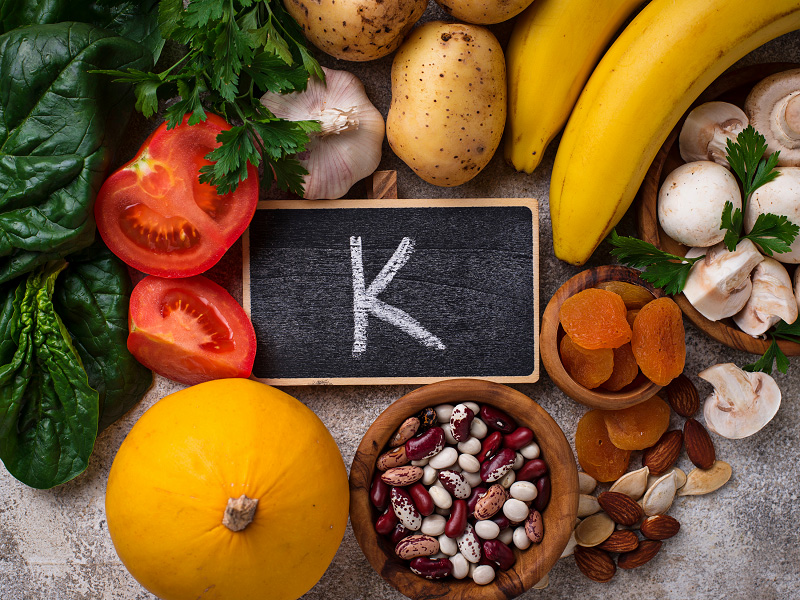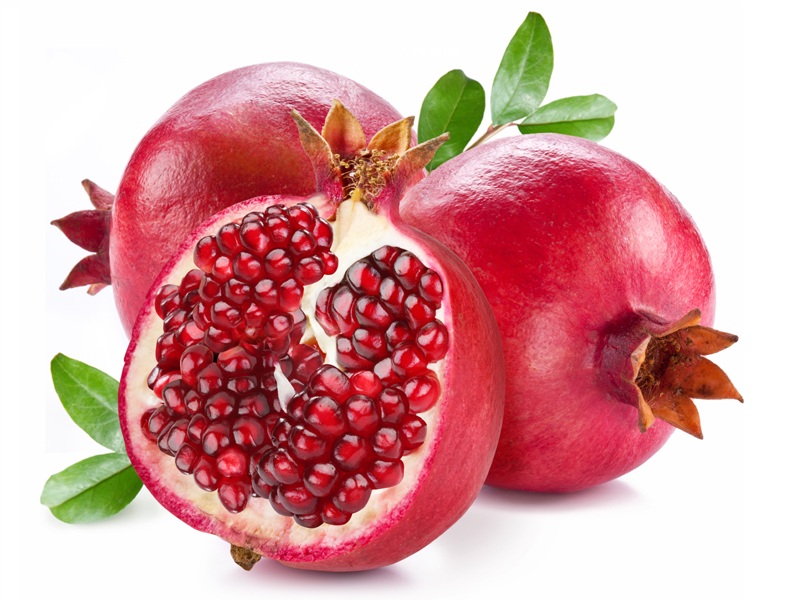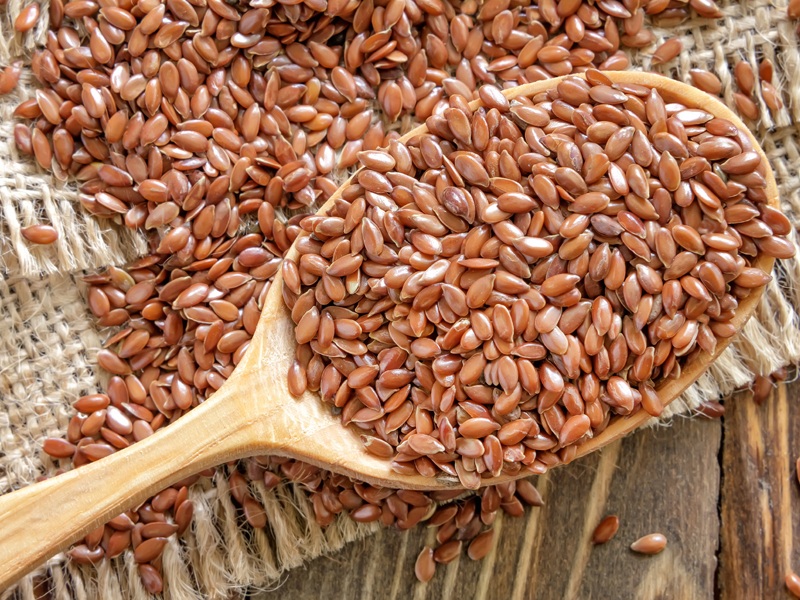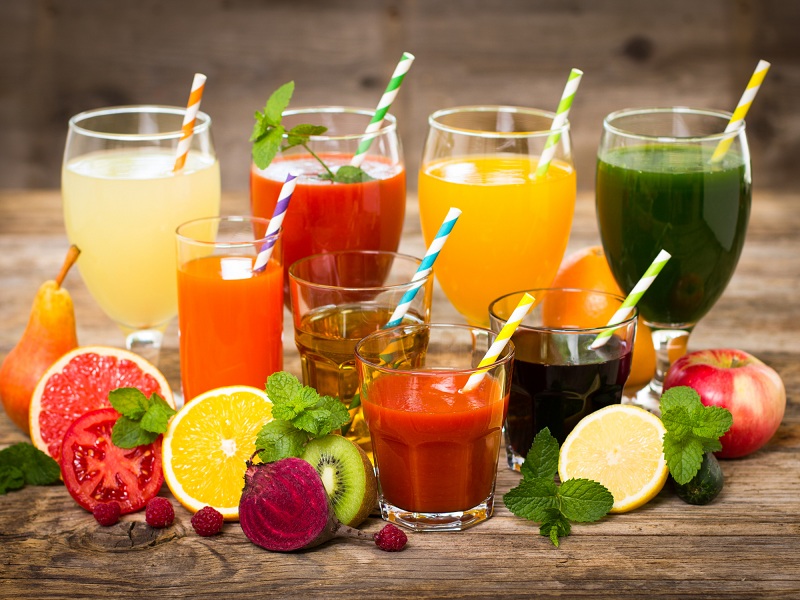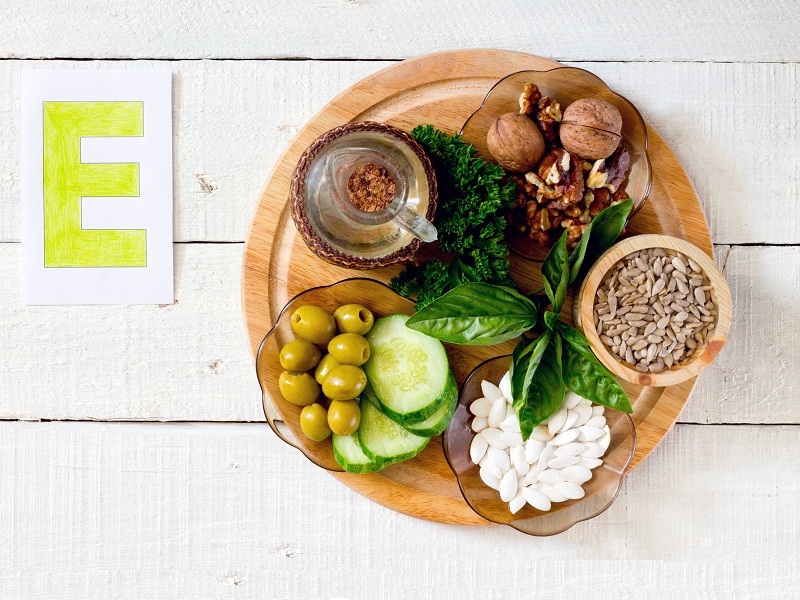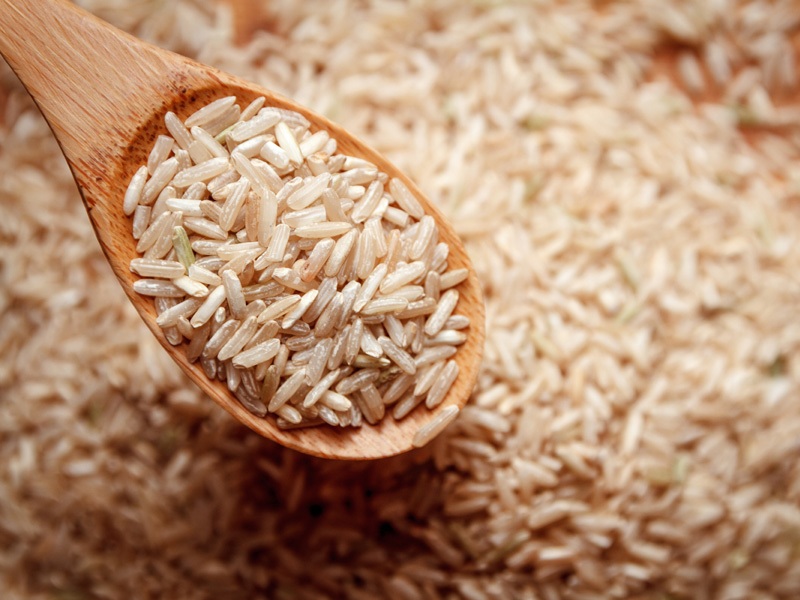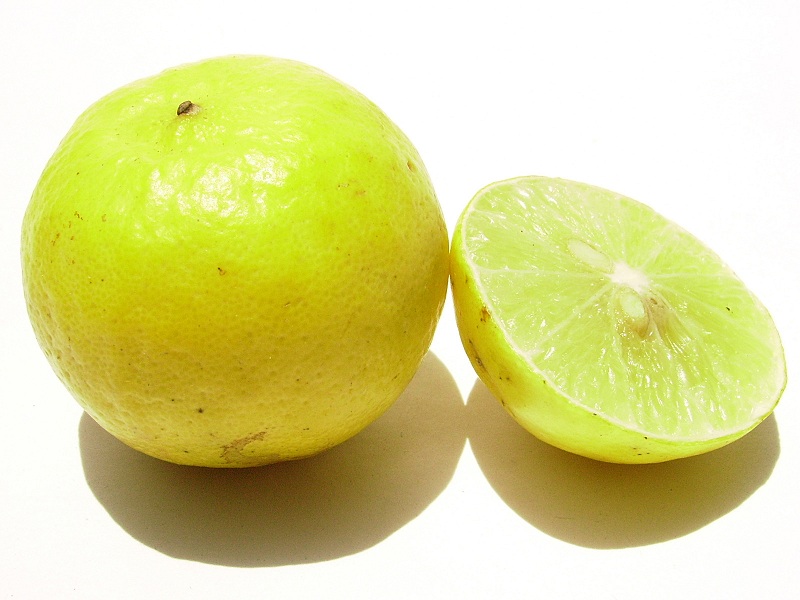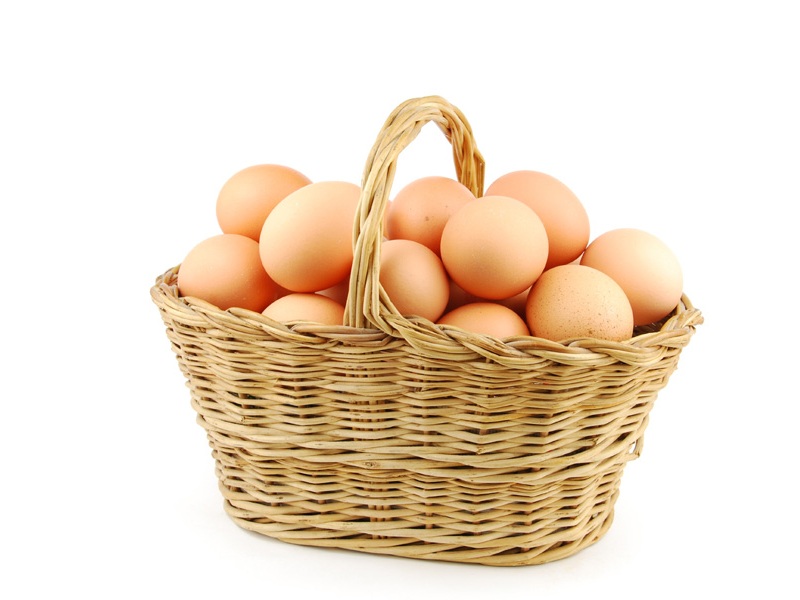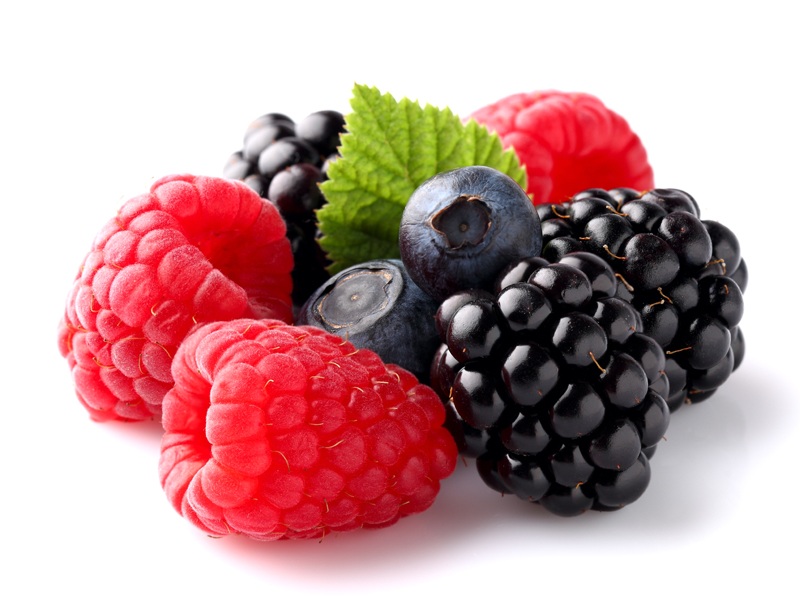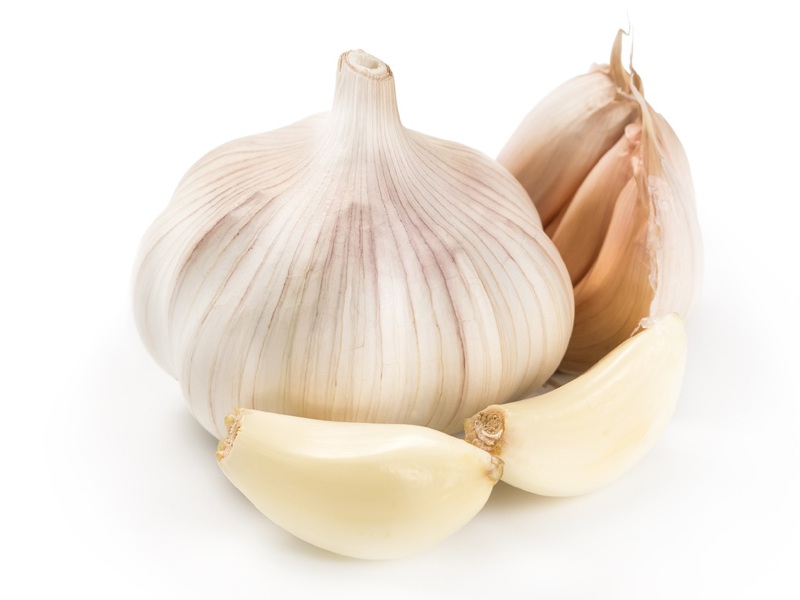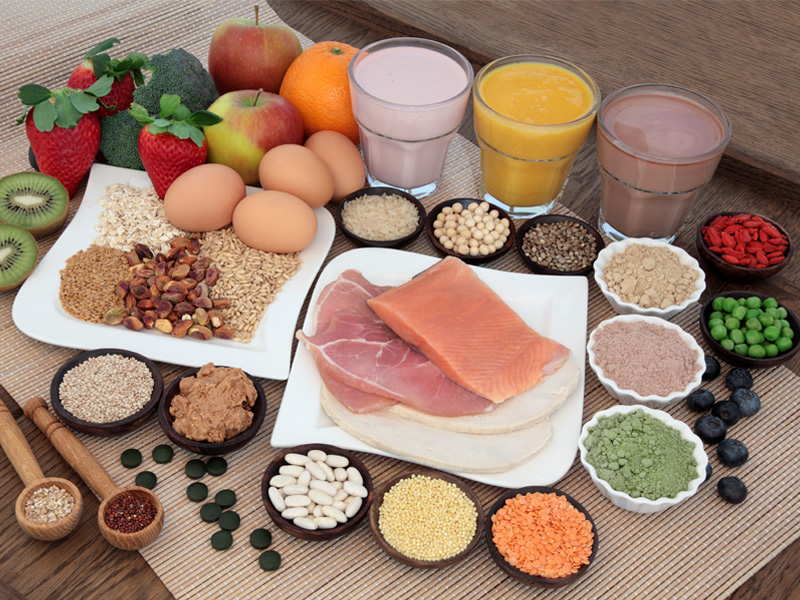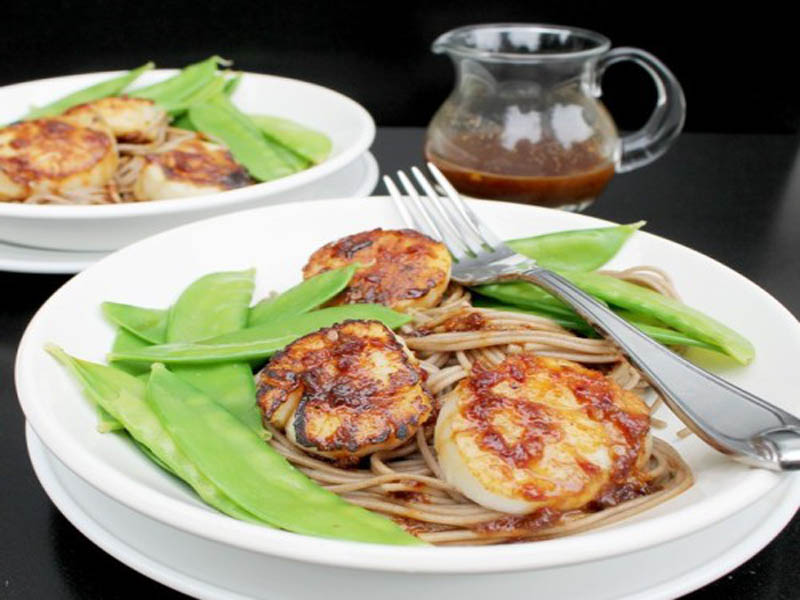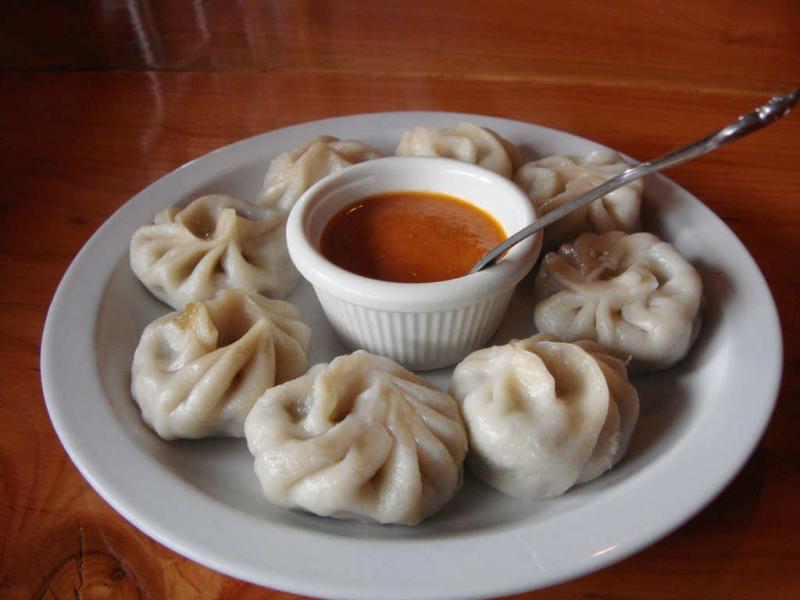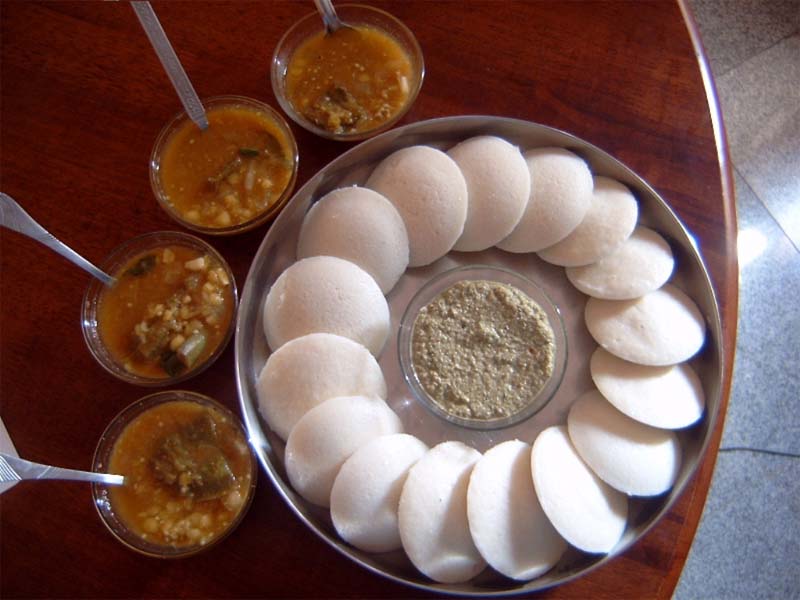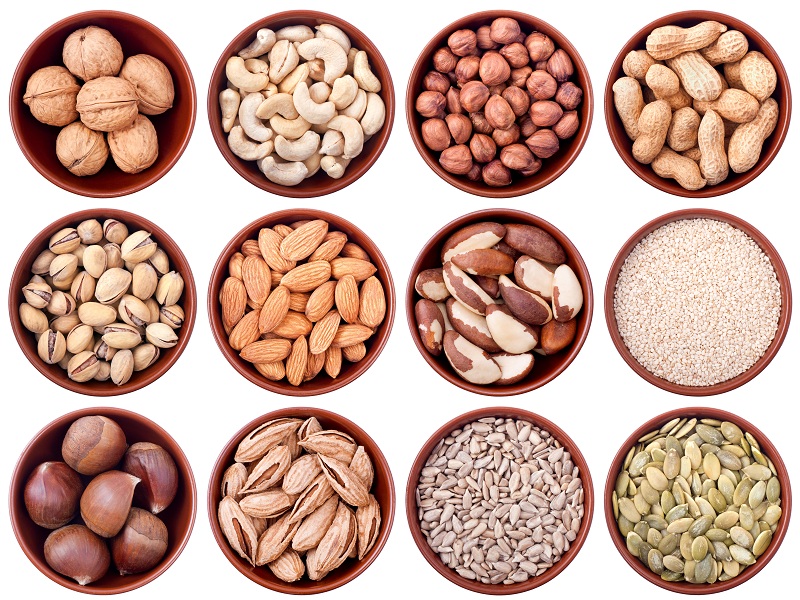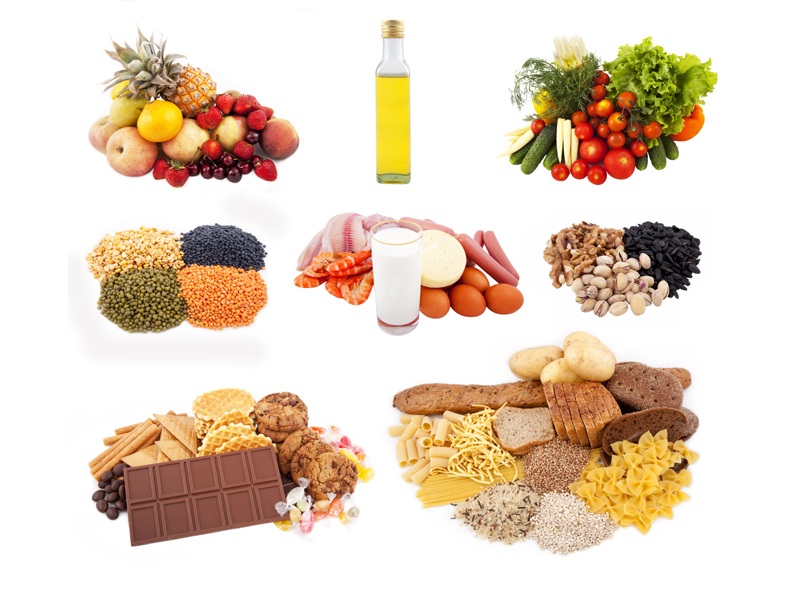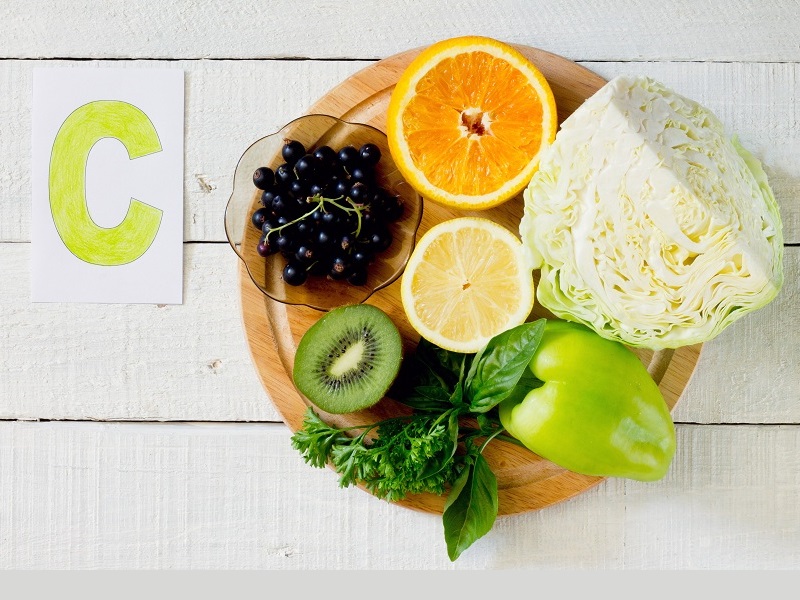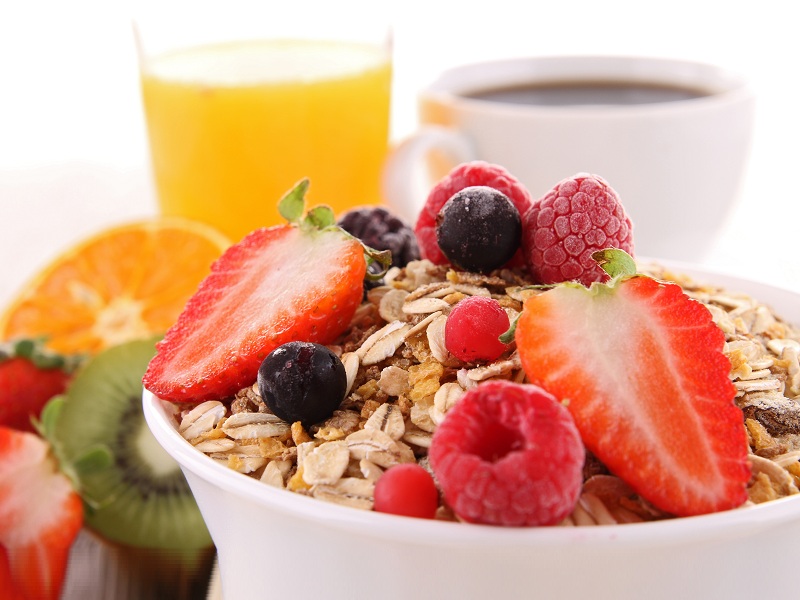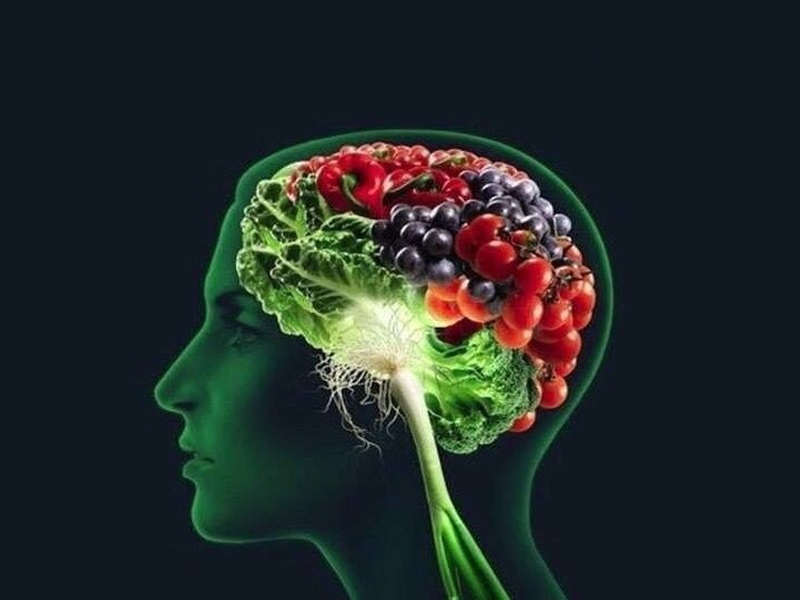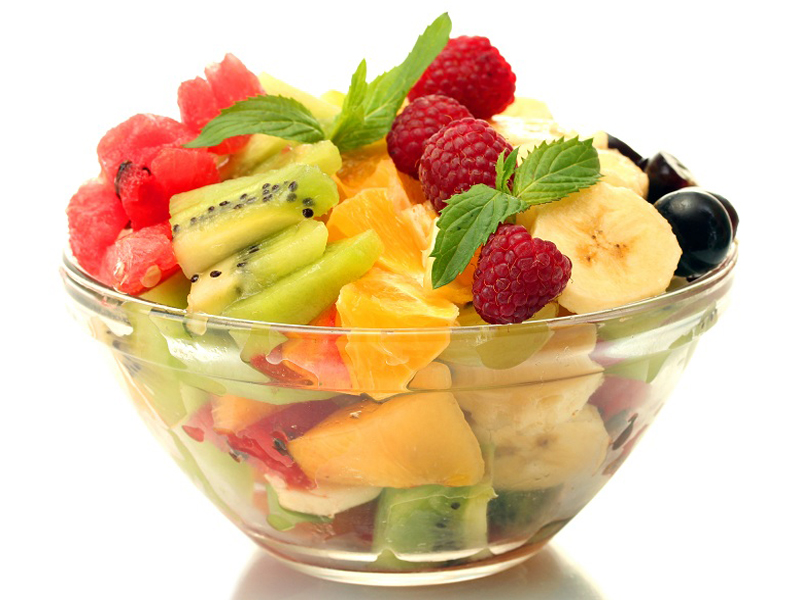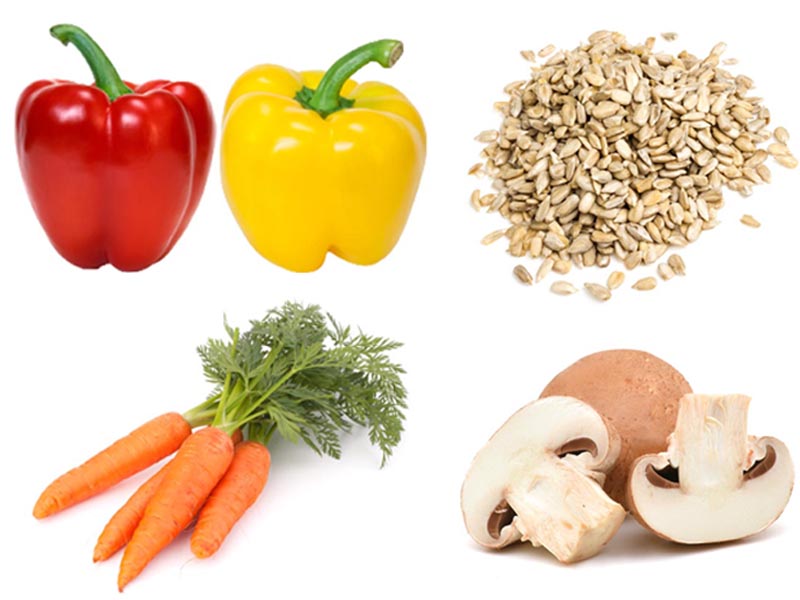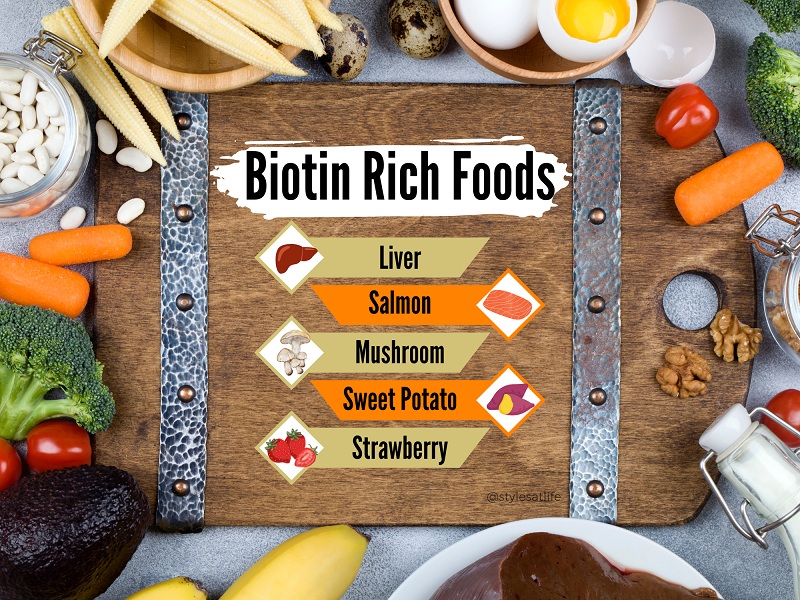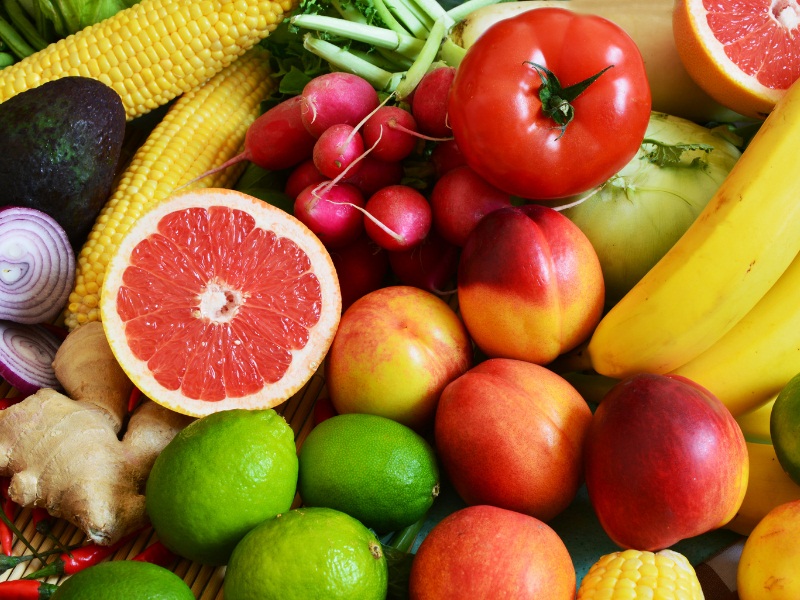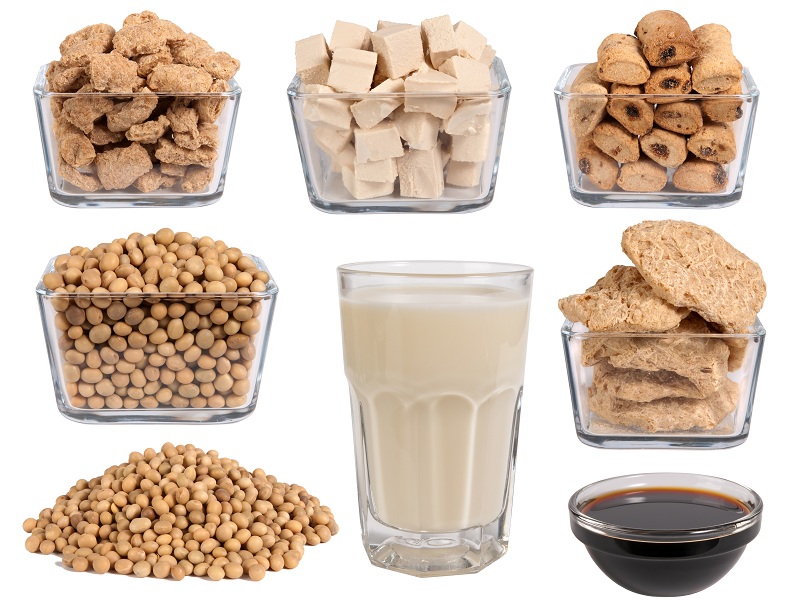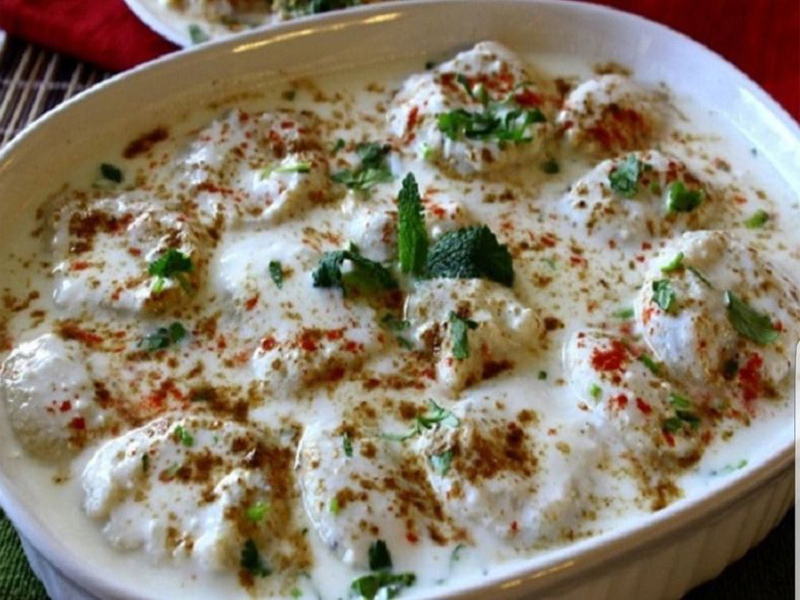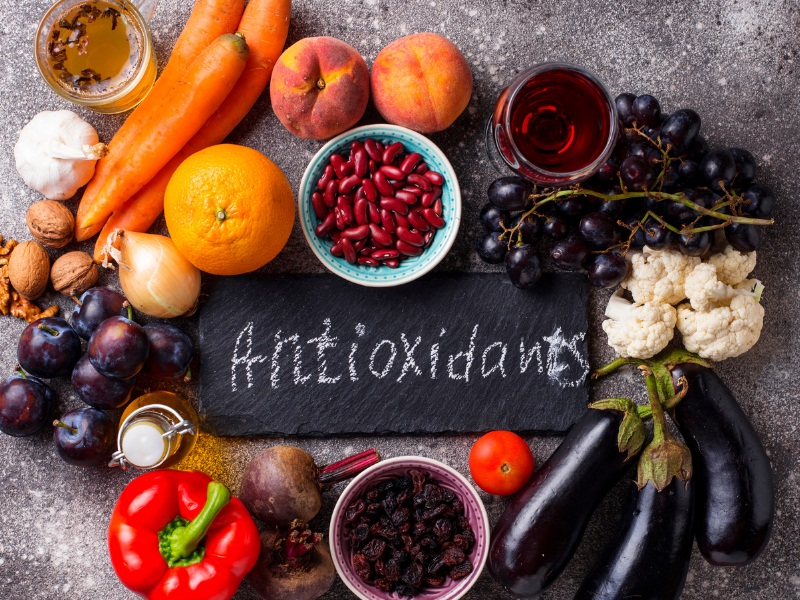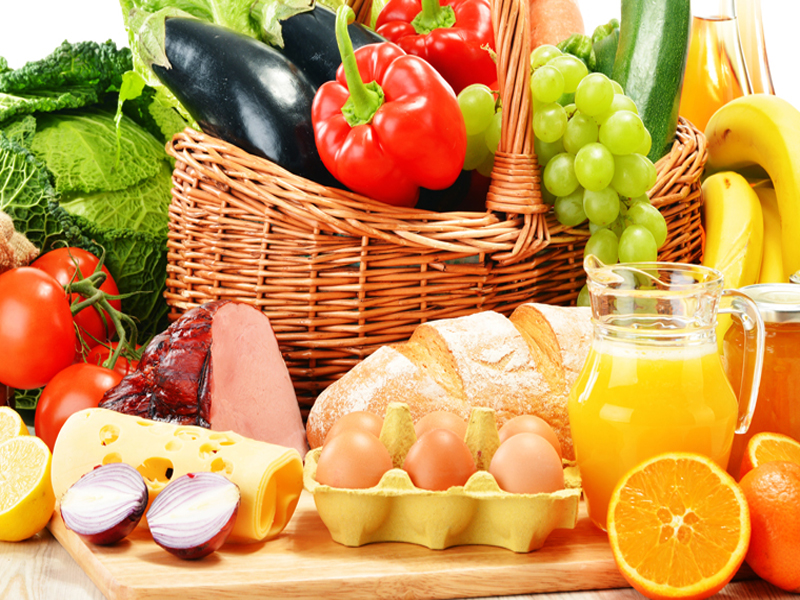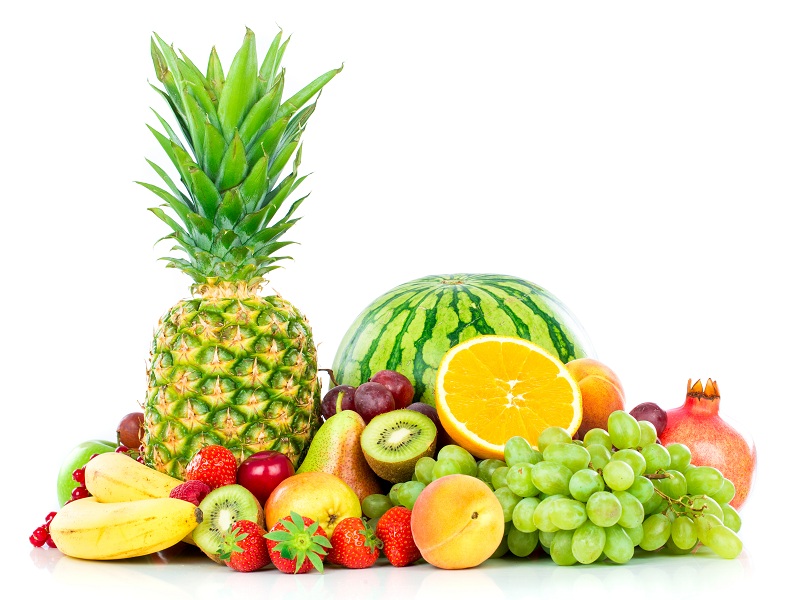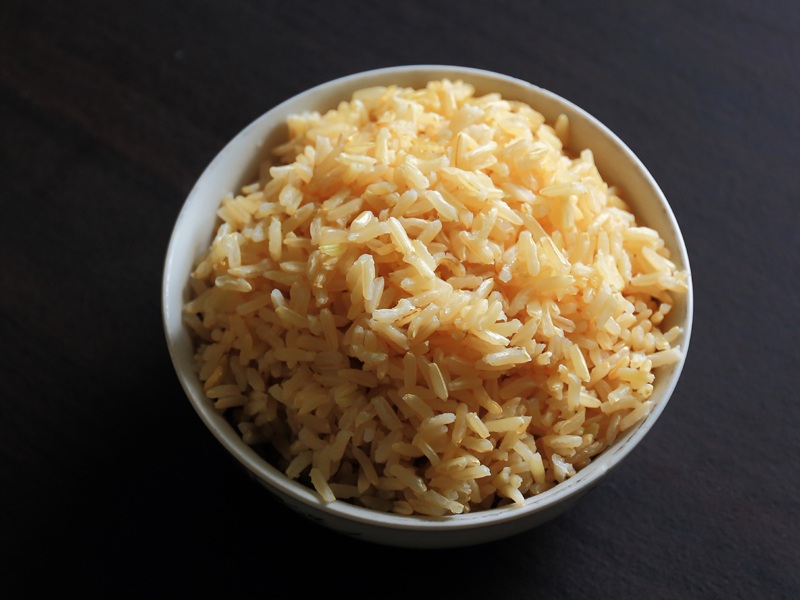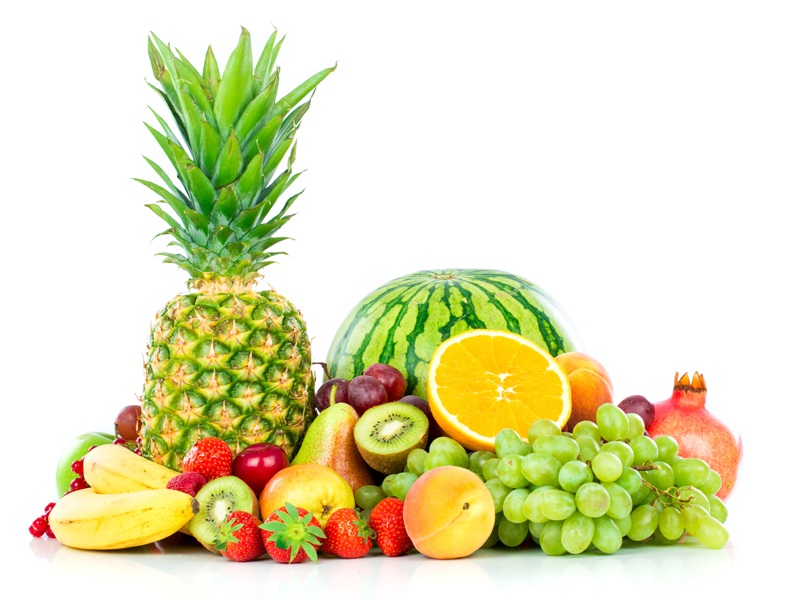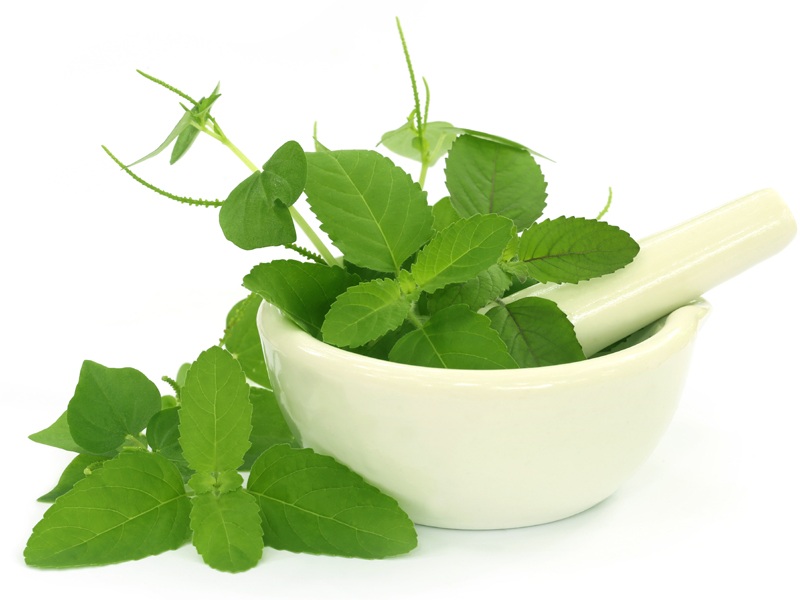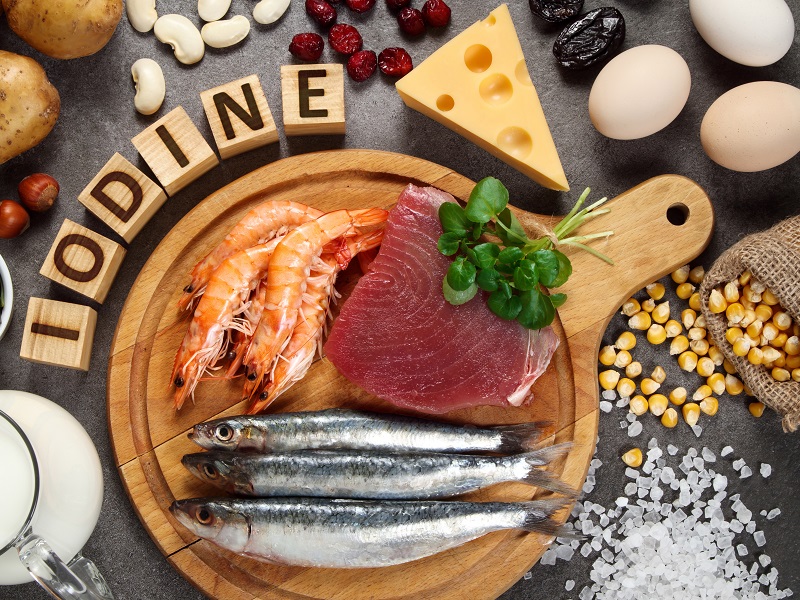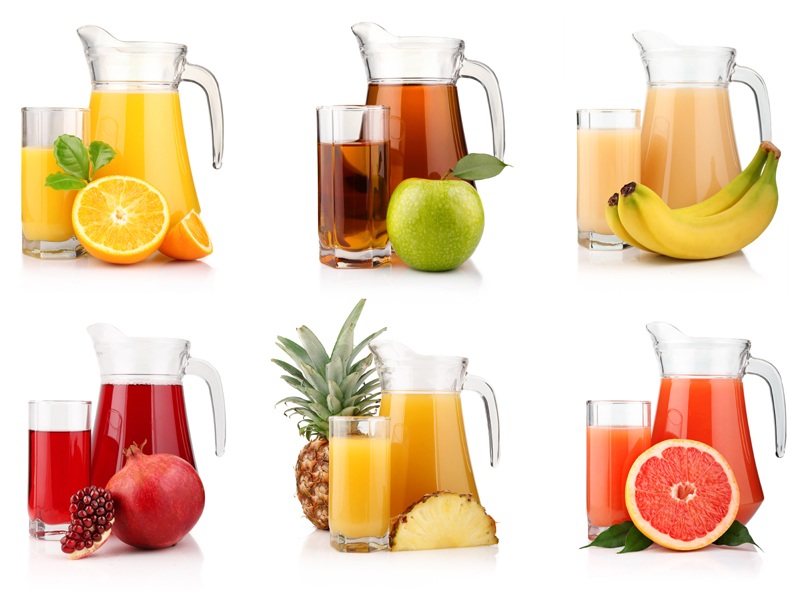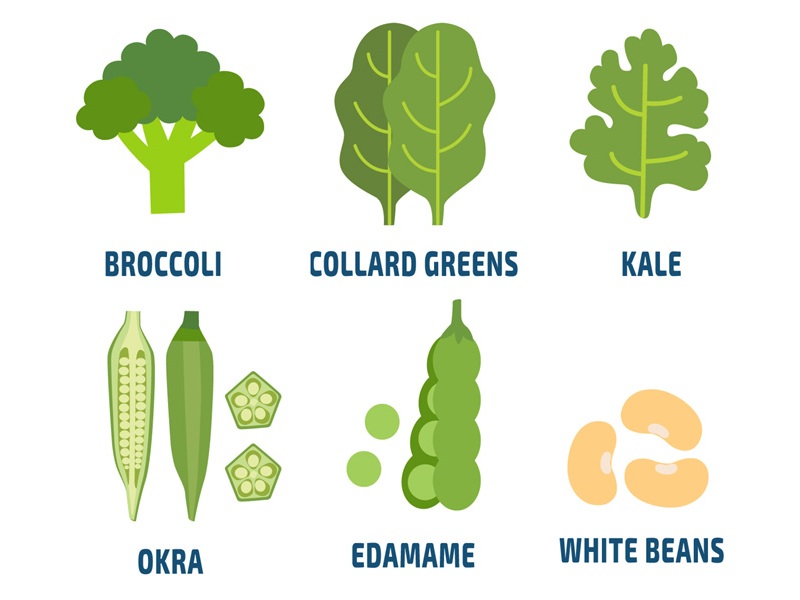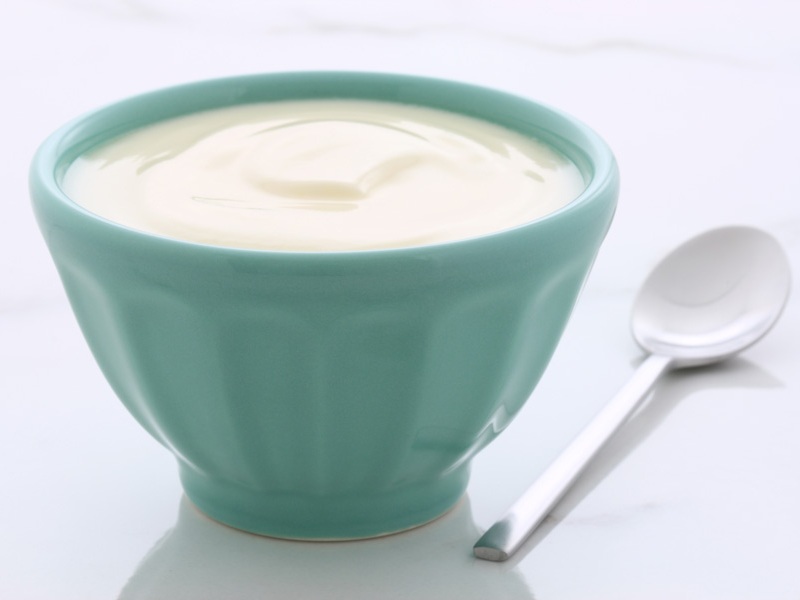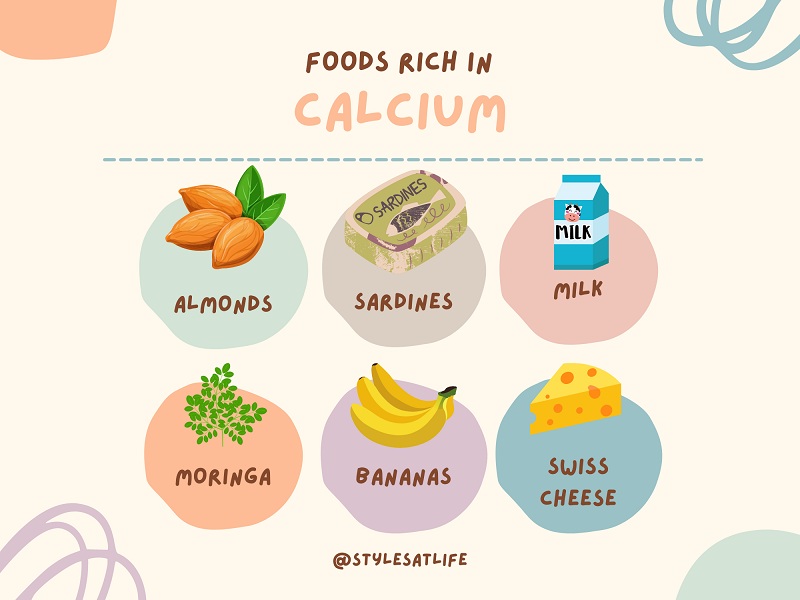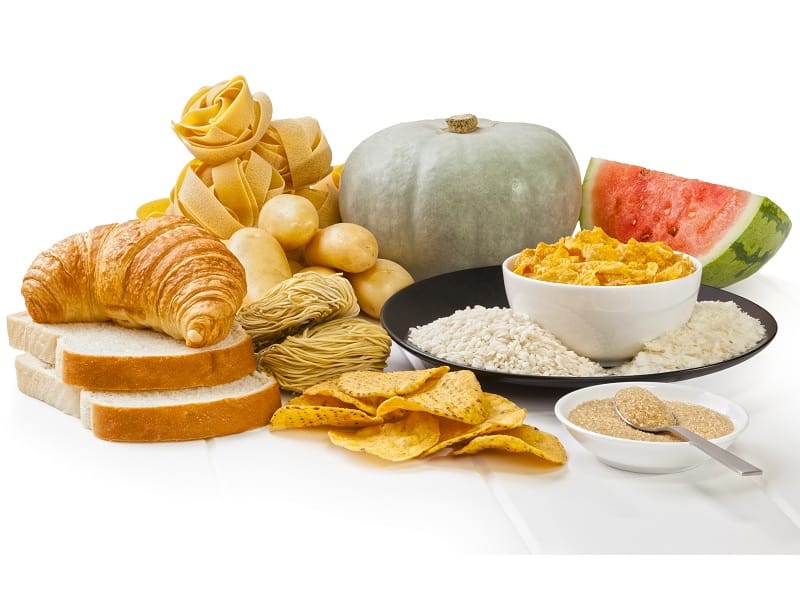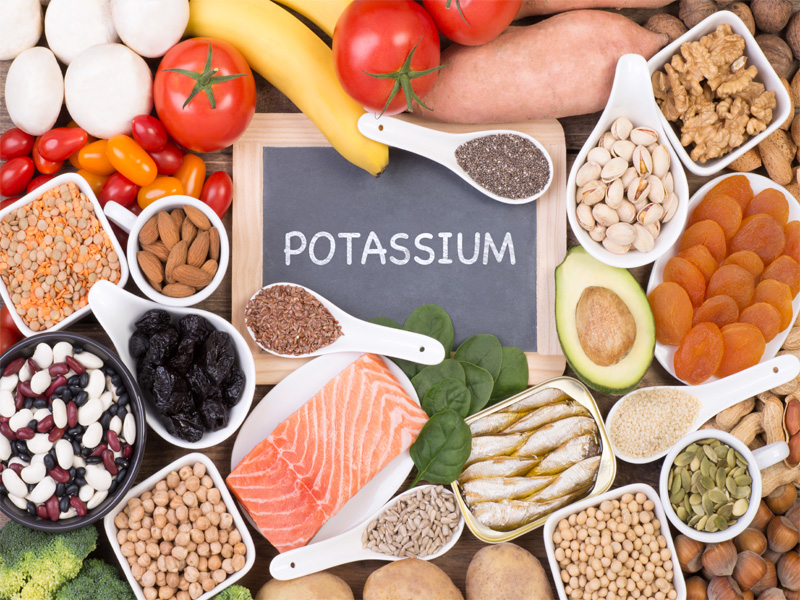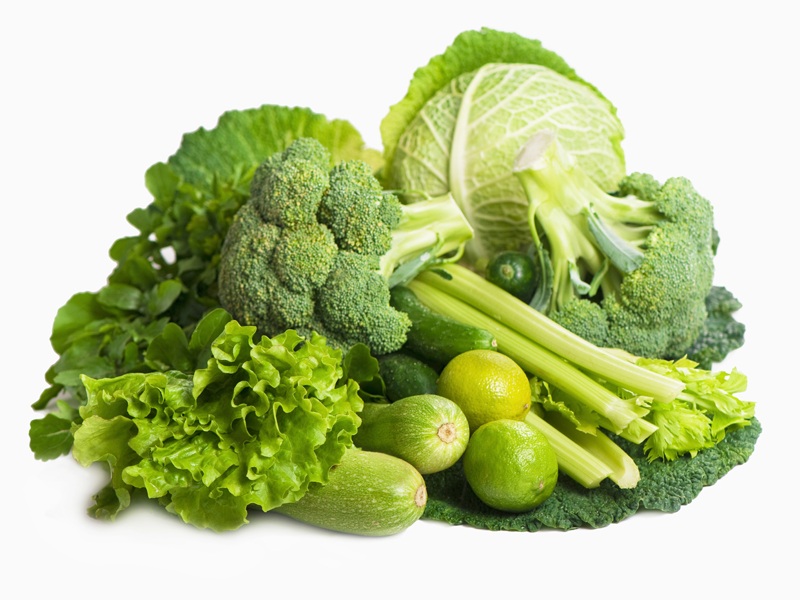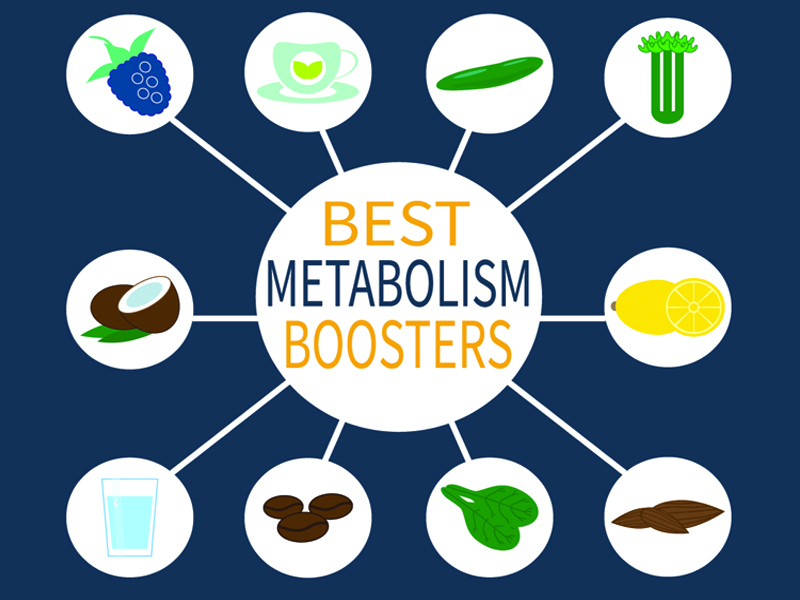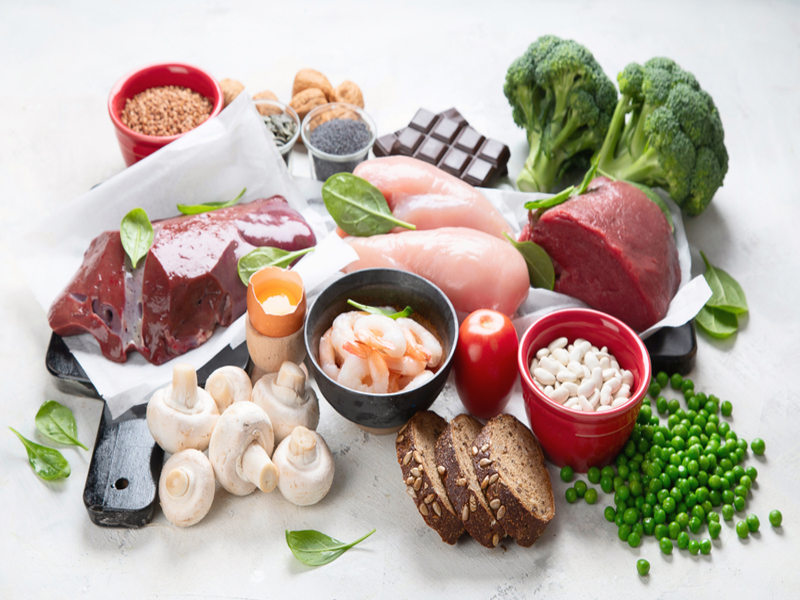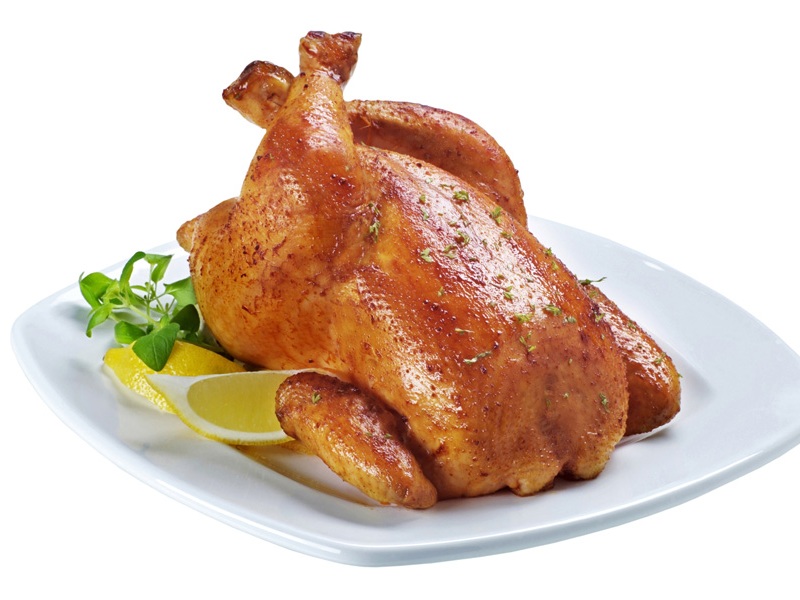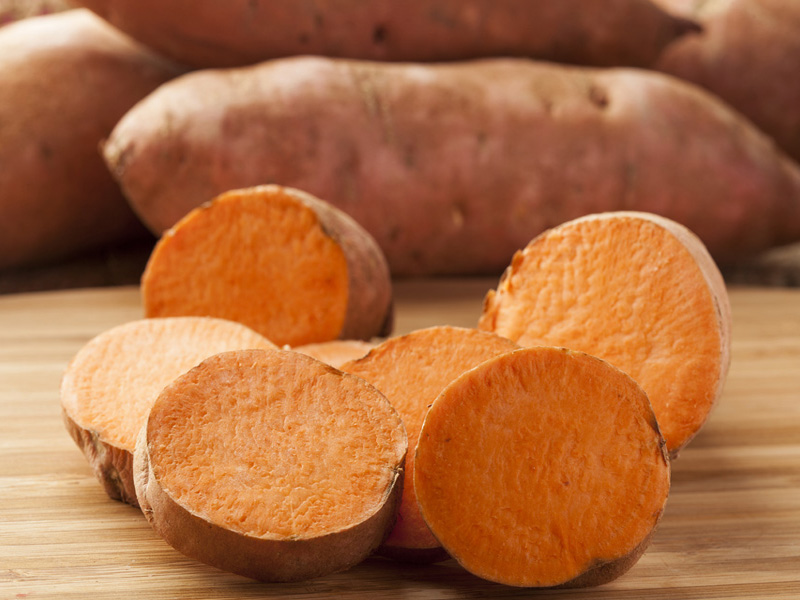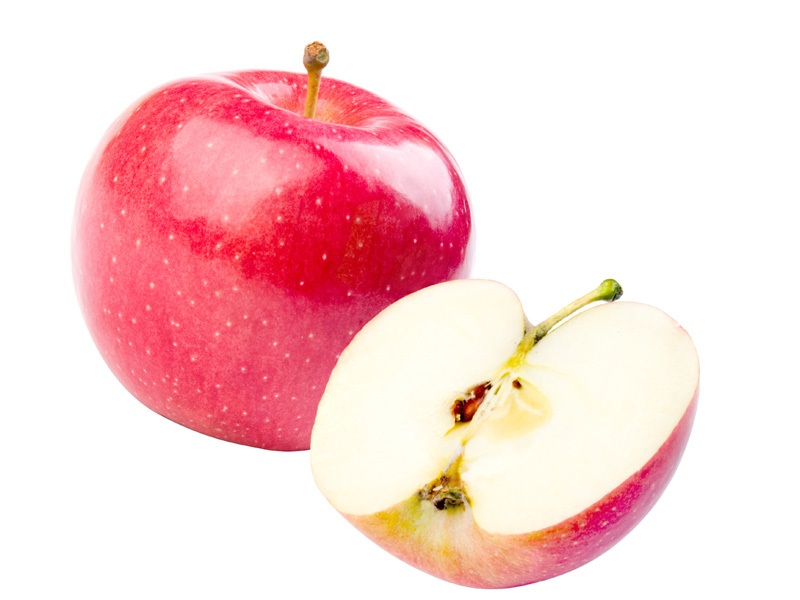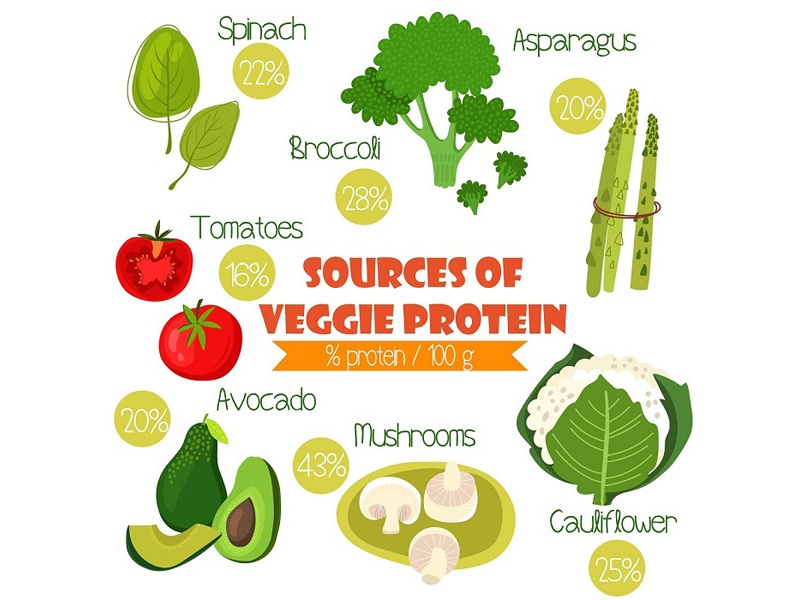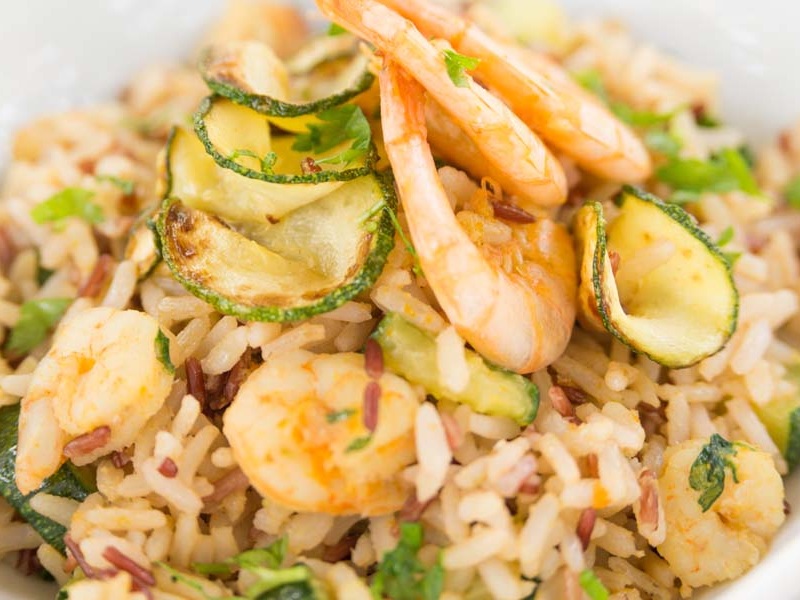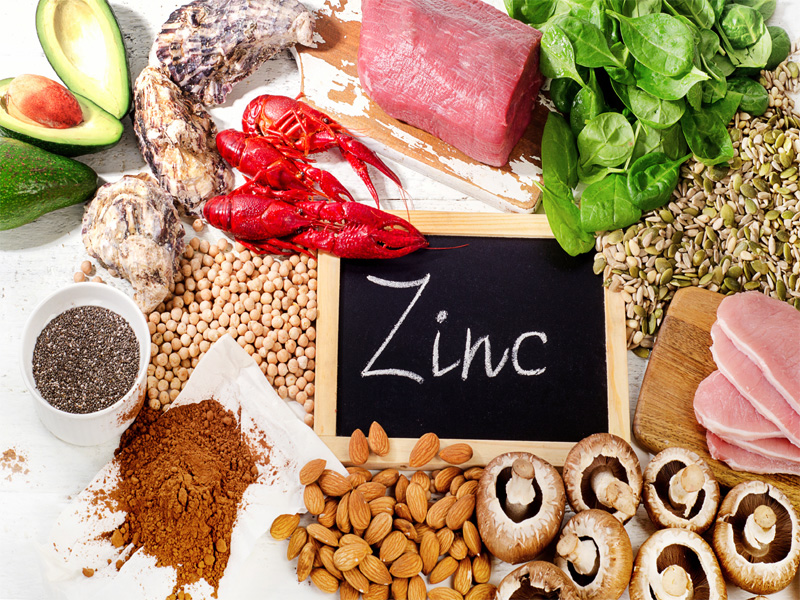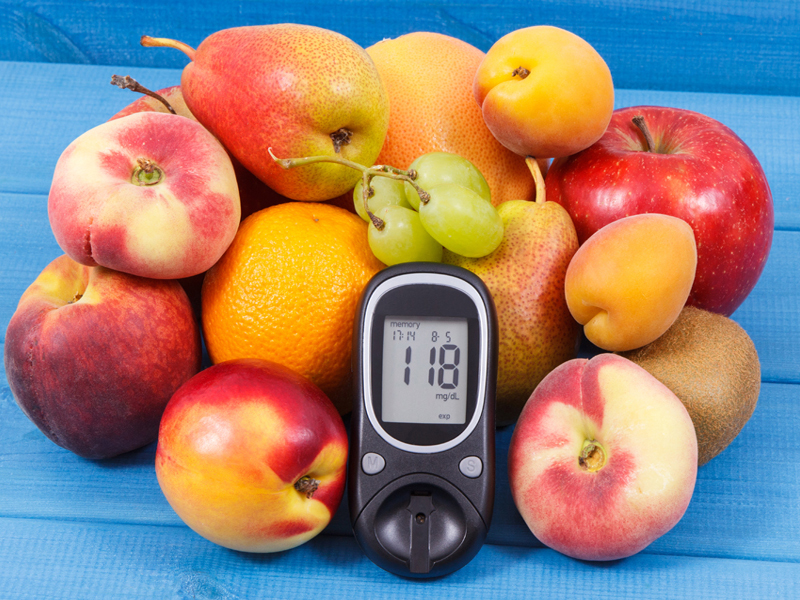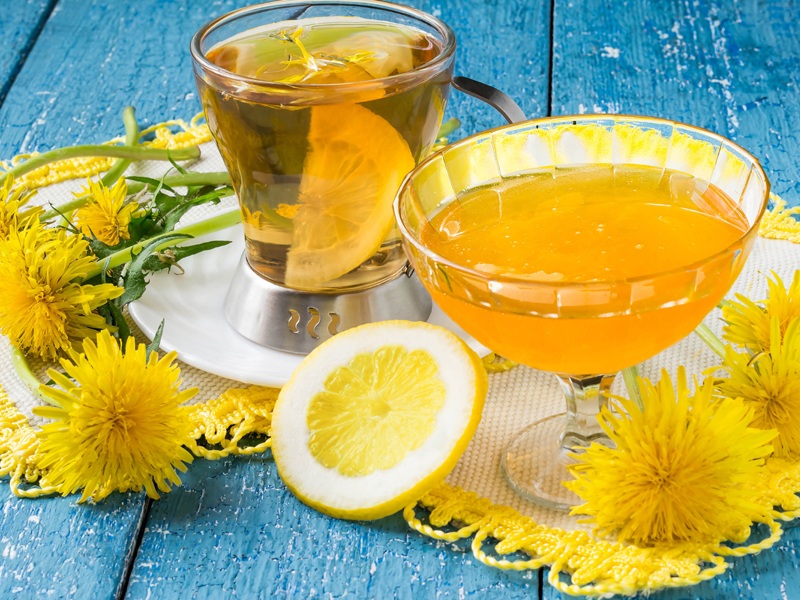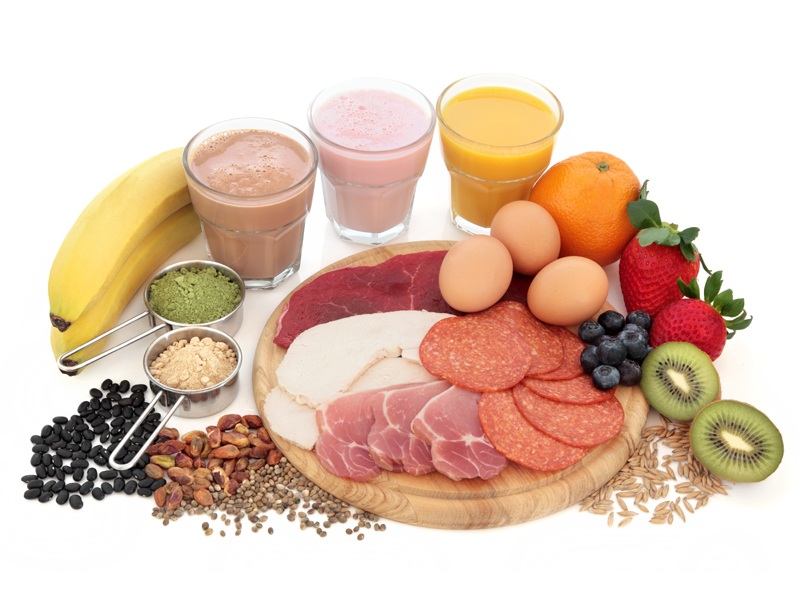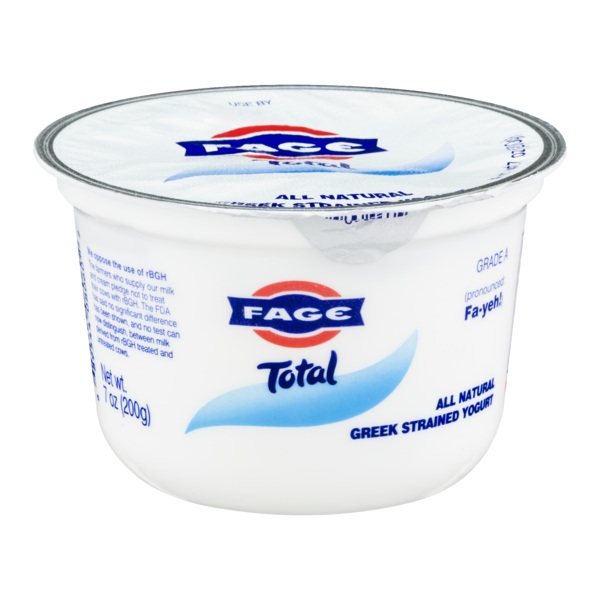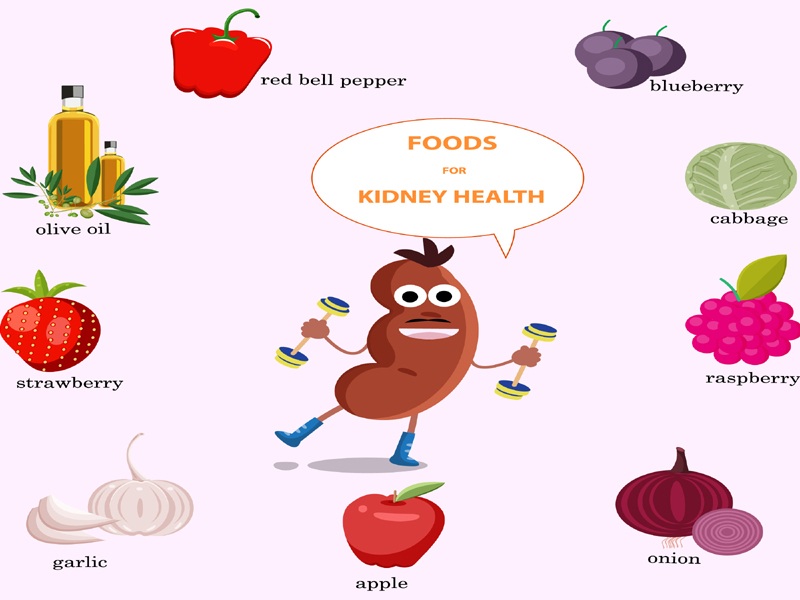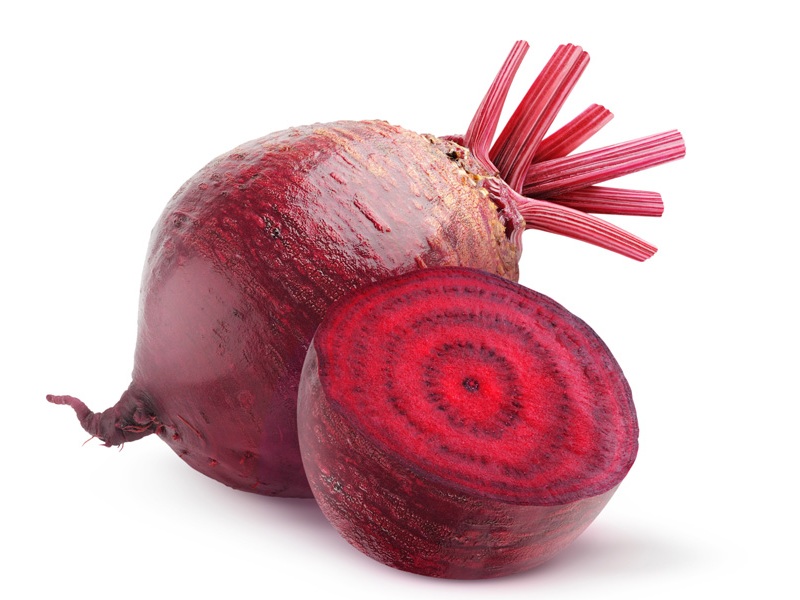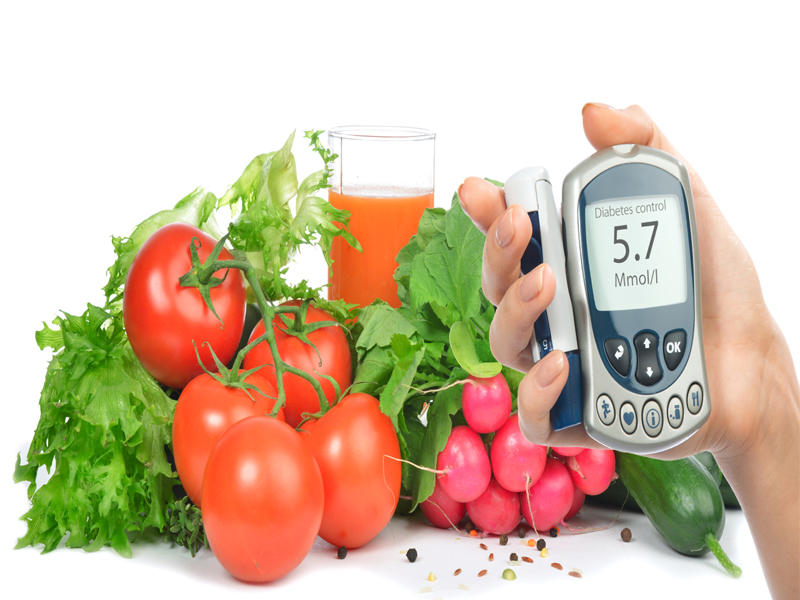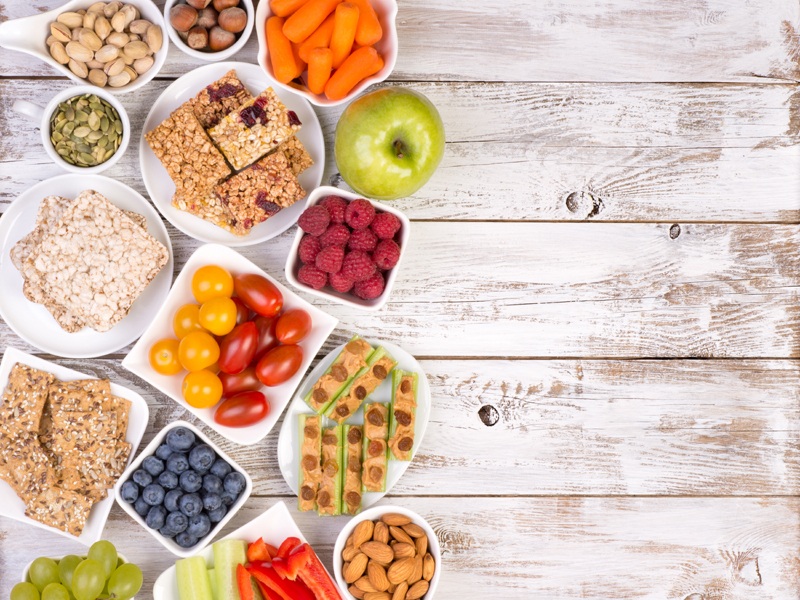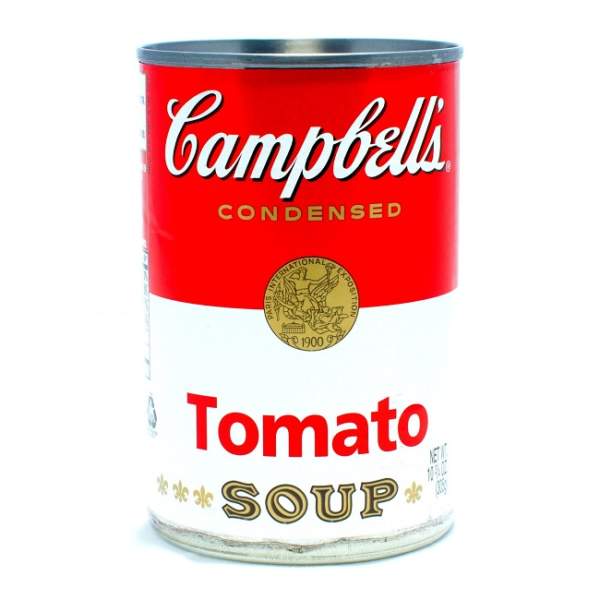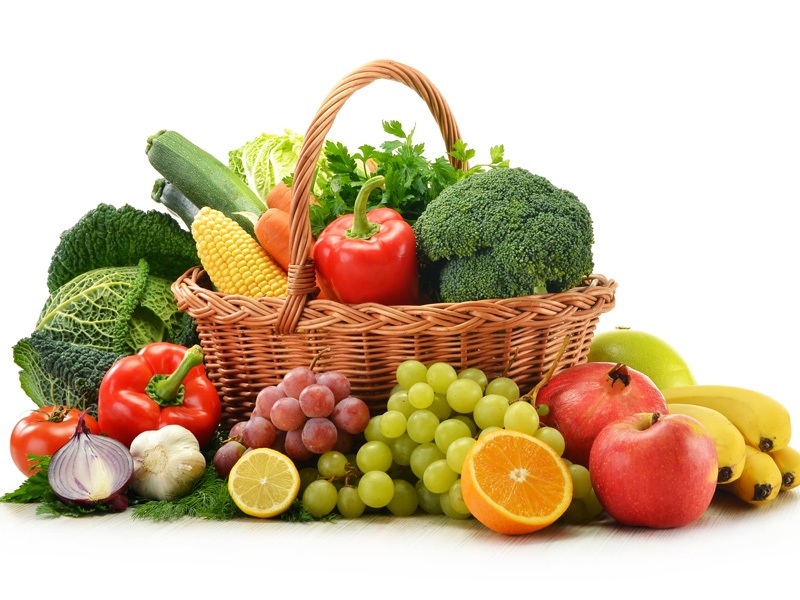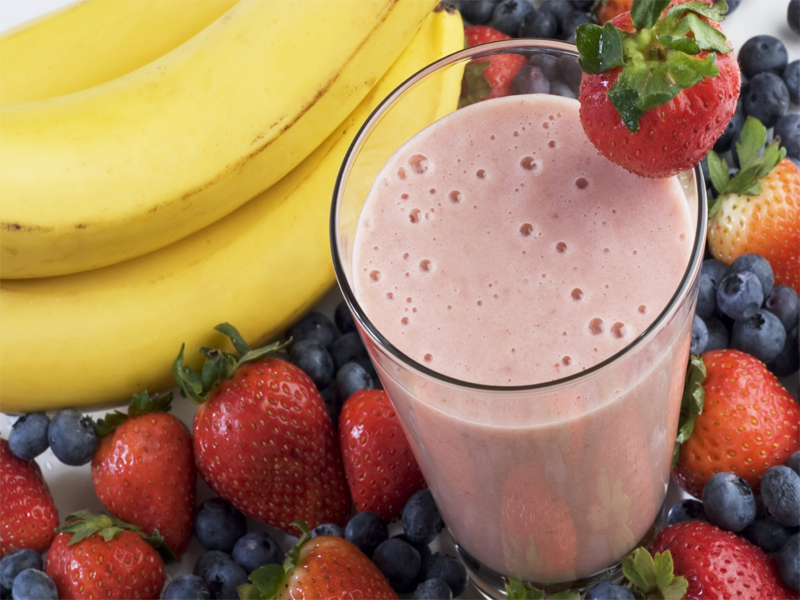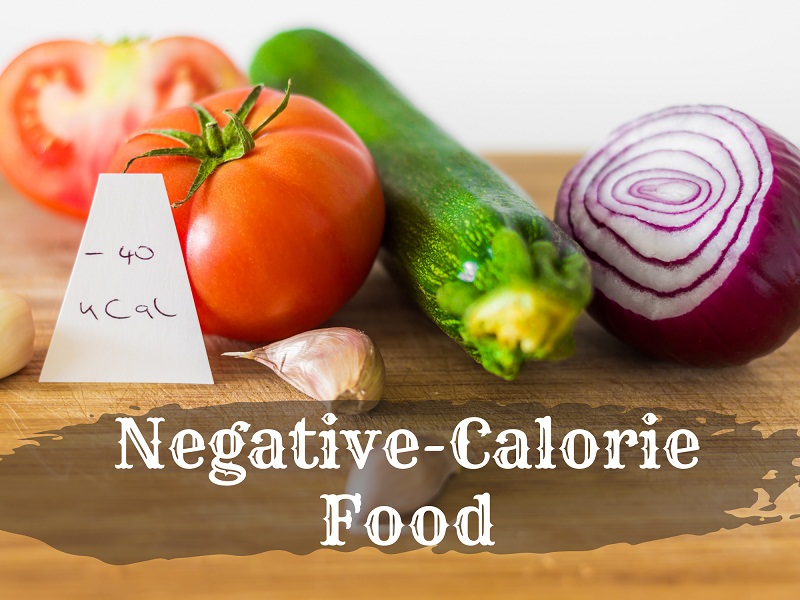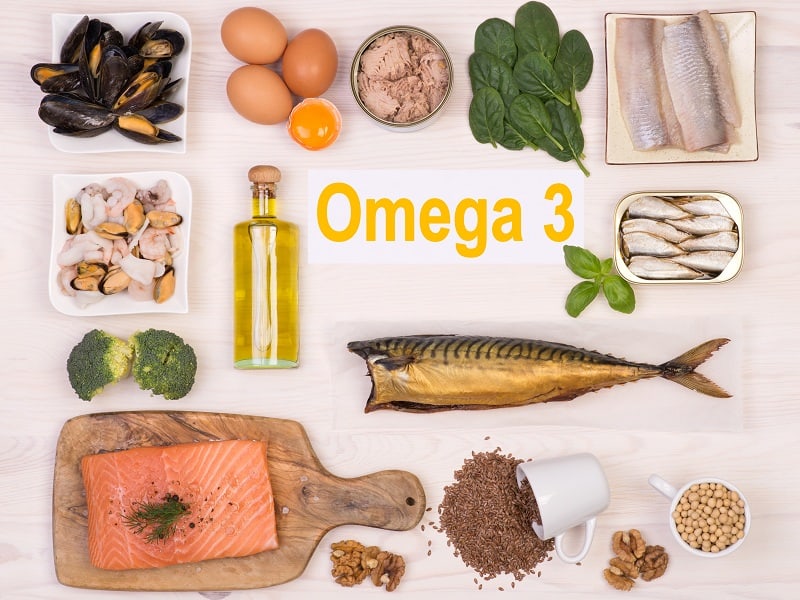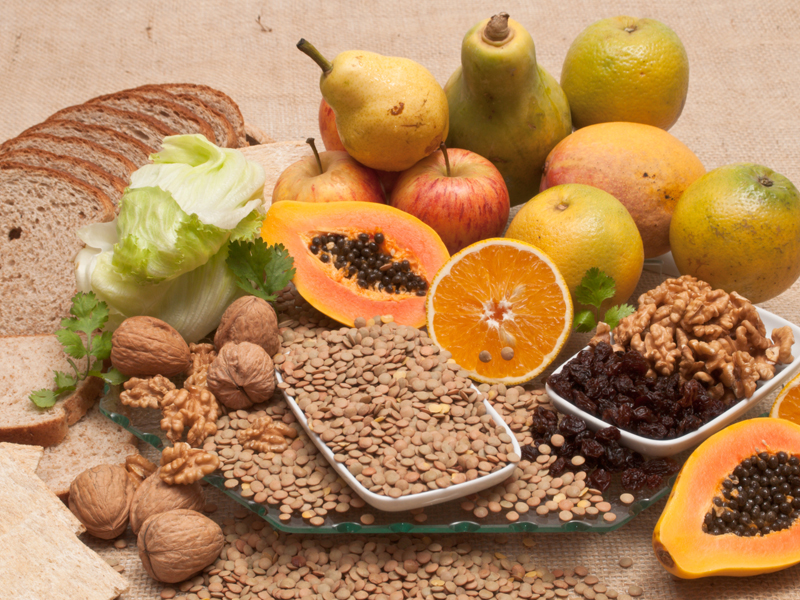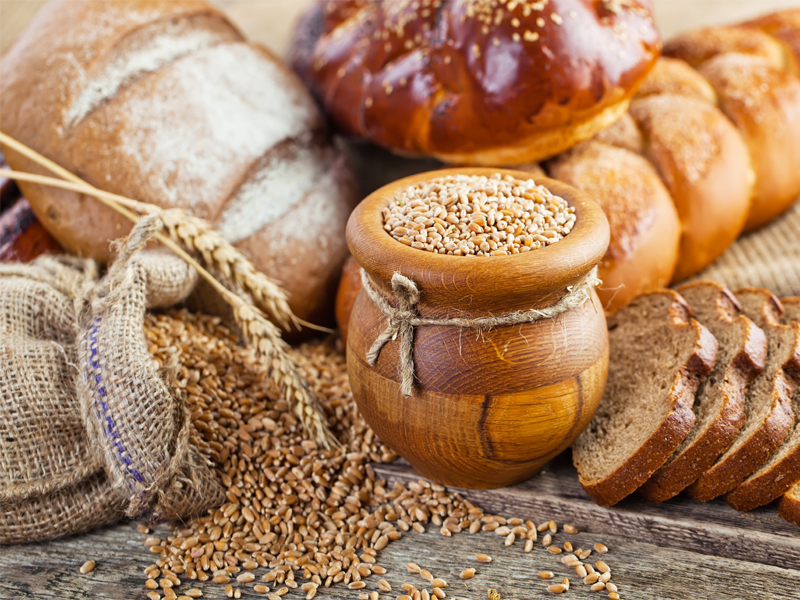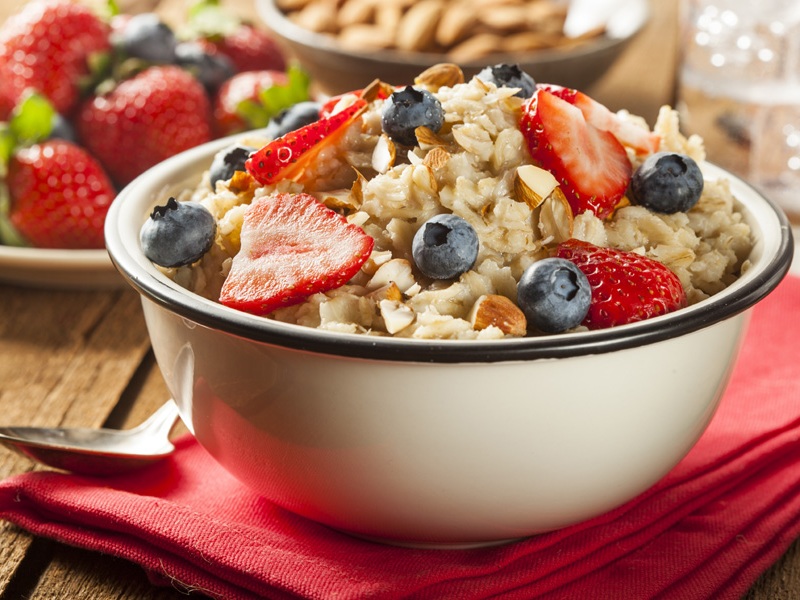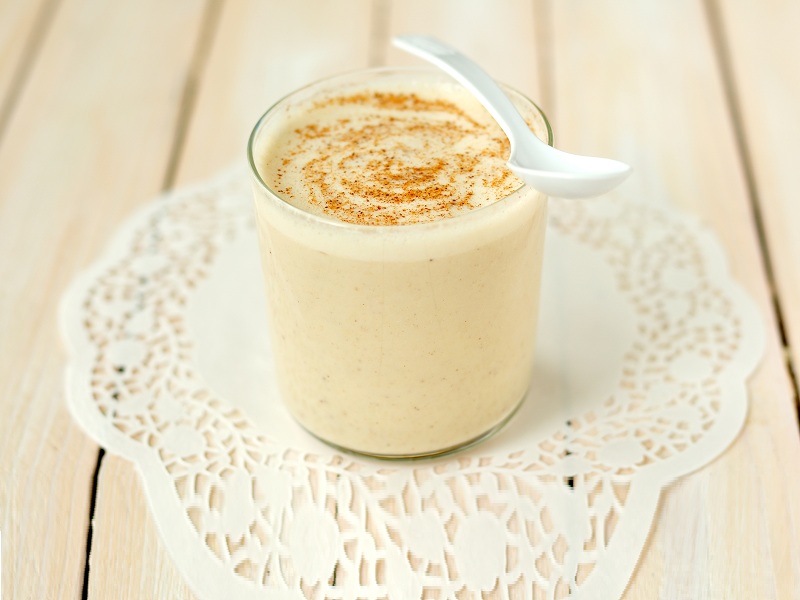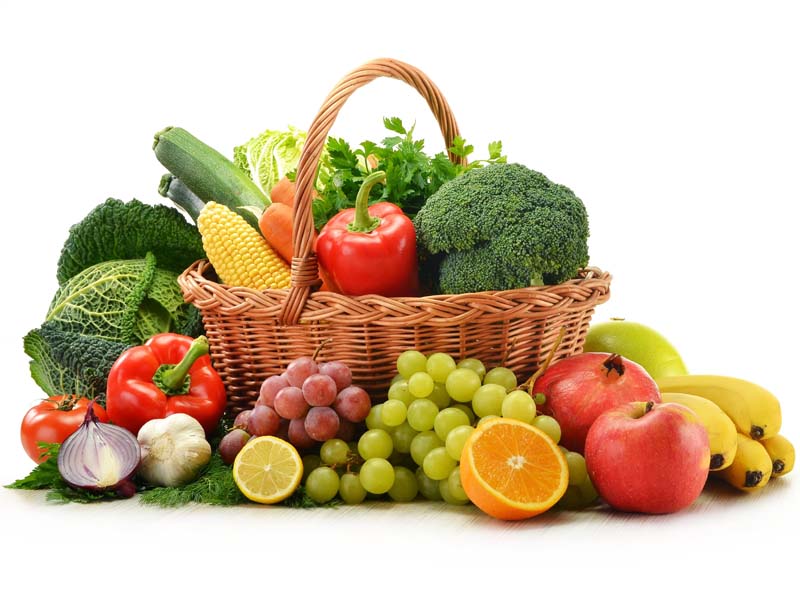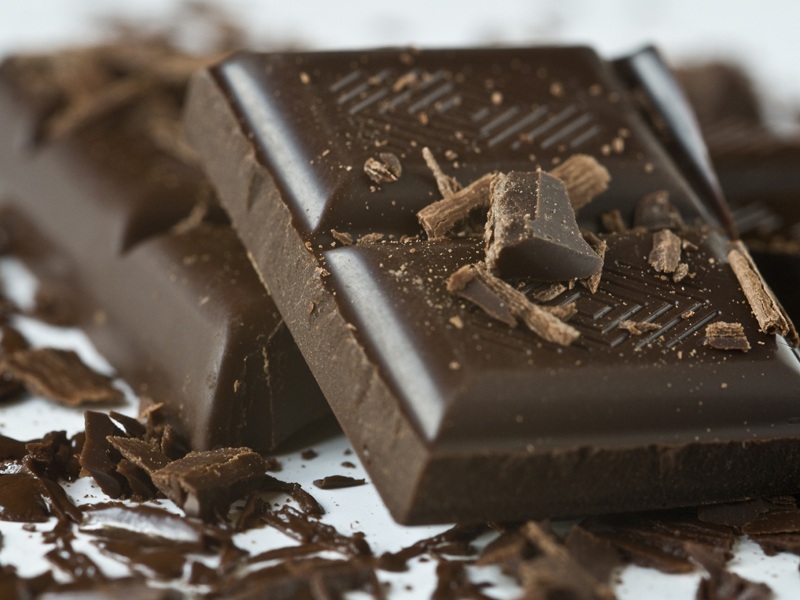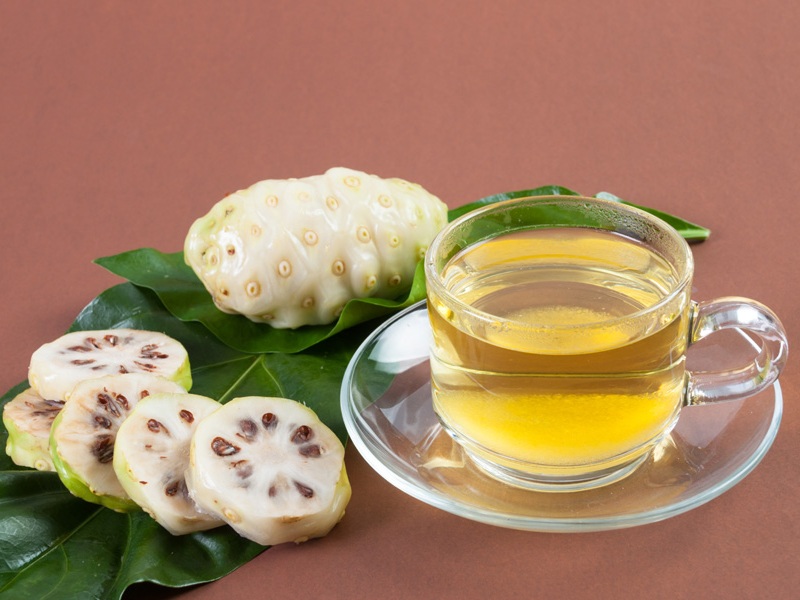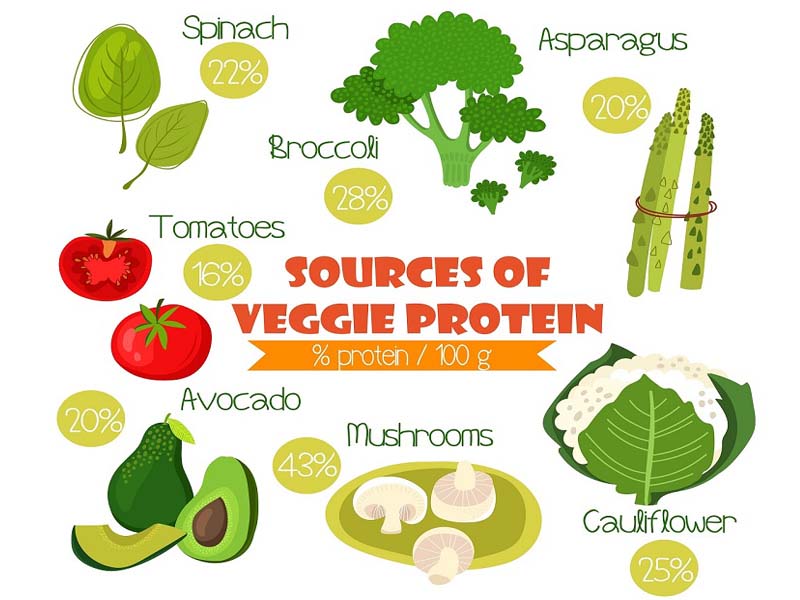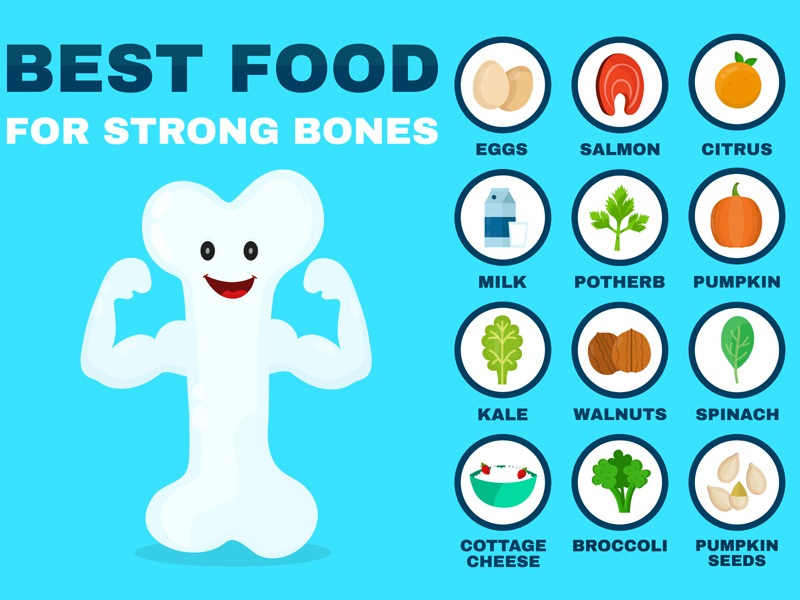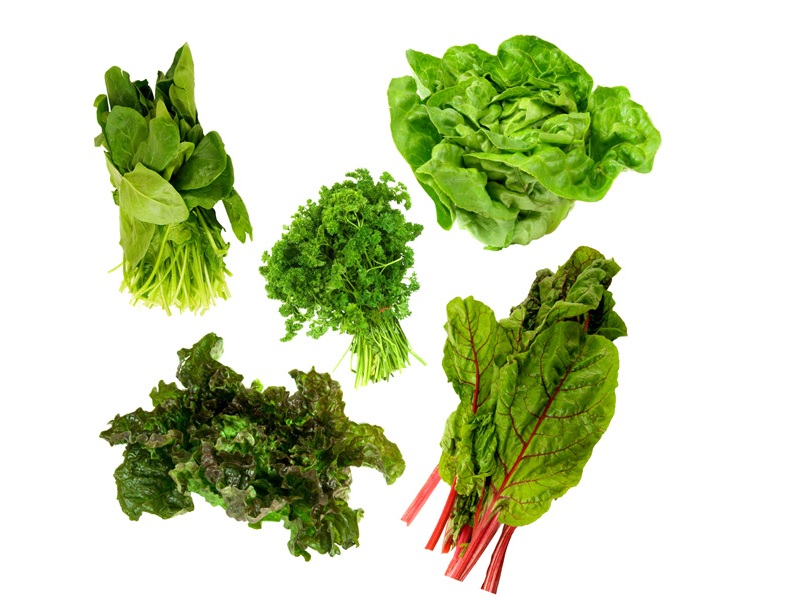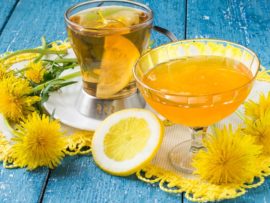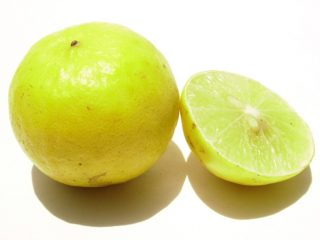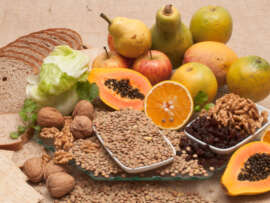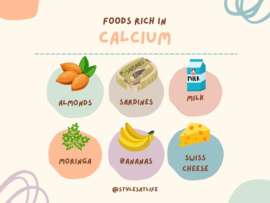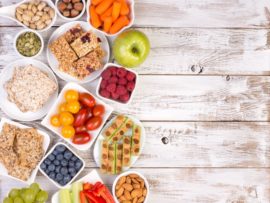We all know vitamins play an essential role in the healthy maintenance of your body. But did you know Vitamin A is good for skin, health and hair? Yes! Vitamin A is a fat-soluble vitamin. When taken in adequate amounts, it prevents all the symptoms associated with deficiency, such as night blindness, increased susceptibility to infections, dry eyes, skin problems, and hair loss. The recommended dietary allowance of Vitamin A rich foods is 70 mcg for women, 300 – 600 mcg for children and adolescents, and 900 mcg for men.
What Is Vitamin A?
Vitamin A is a water-soluble vitamin that plays an essential role in an individual’s skin, health and hair benefits. This is because the liver in our body converts Vitamin A into retinol. Many foods have Vitamin A naturally. By adding these Vitamin A rich foods to your diet, there is a betterment in the functioning of your organs.
Types Of Sources For Vitamin A:
- There are two main types of Vitamin A that you can obtain through diet.
- Preformed Vitamin A is the first type usually found in dairy products, fish, poultry, and meat.
- Provitamin A is the second type usually found in plant-based products, fruits and veggies. Finally, Beta-carotene is the common type of provitamin A found in foods and dietary supplements.
Benefits Of Vitamin A Rich Foods:
Following are the significant benefits you can get by adding foods that contain Vitamin A to your diet:
- It helps fight infections.
- Foods high in vitamin A can give you healthy eyesight.
- It prevents ocular diseases.
- It keeps your bones healthy.
- It makes your teeth strong.
- It helps prevent urinary stones.
- It helps boost your immune system.
- It might work for cancer prevention.
- It helps reduce ageing signs such as wrinkles.
- It helps reduce stretch marks and acne, revealing healthy skin.
- It helps reduce dandruff keeping your scalp healthy.
Top Vitamin A Rich Foods In India:
We have enlisted the top 26 foods high in Vitamin A you can incorporate into your diet to reap all the health benefits.
1. Beef Liver is the Best Source of Vitamin A:
Animal livers are the perfect examples of food rich in Vitamin A, similar to how the human liver stores a good amount of vitamin A (1). The beef liver also contains many other nutrients like copper, Vitamin B2 and B12, Iron, Folate, and Choline and is a high protein source. You can get 6582 micrograms of Vitamin A, which equals 731% of Daily Value in a pan-fried 3-ounce beef liver.
Nutrients in a three-ounce serving of beef liver:
- mcg: 6582.
- Daily value (DV) %: 713%
- Calories: 135.
[Read: Best Biotin Rich Foods]
2. Sweet Potato:
Sweet potato is one of the foods high in vitamin A in the form of beta carotene. This compound might help protect against age-related macular degeneration, as per some studies (2). You can get 1403 mcg of vitamin A which is 156% of the DV, from one whole sweet potato baked in its skin. Along with vitamin A, sweet potato is also a good source of vitamin B6, Vitamin C, potassium, low in calories and high in fibre. In addition, sweet potato is a Vitamin A-rich food for hair growth.
Nutrients in one whole baked sweet potato with skin:
- mcg: 1836.
- Daily value (DV) %: 204%
- Calories: 181.
3. Spinach:
Spinach is high in Vitamin A and many other nutrients, similar to other leafy green vegetables. In addition, as per research, there is an indication that spinach can lower blood pressure and improve heart health (3). You can get 579 mcg of Vitamin A, which is 64% DV in each half-cup of boiled spinach. This serving also provides a good amount of Magnesium and Iron for our bodies. You can add spinach to pasta dishes, dishes and sautee them, making any dish tasty.
Nutrients in one serving of food (half-cup boiled):
- mcg: 573.
- Daily value (DV) %: 64%
- Calories: 37.
4. Swiss Chard is an Excellent Source of Vitamin A:
Swiss chard belongs to the Chenopopodioideae family, which includes spinach and beets. This green leafy vegetable can require low amounts of light, water and can grow in poor soils. Swiss chard is native to the Mediterranean, and there are many types. This vegetable is very pleasing to the eyes because they have colourful, jewel-toned stalks and veins (4). Swiss chard is high in Vitamins A, C and K, Magnesium, Potassium, Iron and is a low-calorie vegetable.
Nutrients in one cup cooked Swiss Chard:
- mcg: 110
- Daily value (DV) %: 214%
- Calories: 35.
5. Carrots are Rich in Vitamin A:
Carrots are Vitamin A enriched food in the form of beta carotene. A large carrot makes for a light and healthful snack even when you eat it with guacamole or hummus because it has around 29 calories. Carrots are also helpful in promoting better gut health by preventing constipation because it is a rich source of fibre. You can get 459 mcg of vitamin A which is 51% DV, in half a cup of raw carrots.
Nutrients in half-cup of raw carrots:
- mcg: 459.
- Daily value (DV) %: 51%
- Calories: 23.
6. Pumpkins are a Great Source of Vitamin A:
Belonging to the Curcurbitaceae family, pumpkin is a type of winter squash. Pumpkin contains seeds and is viewed as a scientific fruit, though many commonly consider it a vegetable. Pumpkin is linked to several health benefits and is nutritious beyond its delicious taste. Besides being 94% of water relatively low in calories, pumpkin is packed with several vitamins and minerals. For example, pumpkin has a high amount of beta-carotene, which turns into vitamin A in our body.
Nutrients in one cup of cooked pumpkin:
- mcg: 706.
- Daily value (DV) %: 245%
- Calories: 49.
7. Yellow Maize:
The yellow colour of the Maize is due to an acquired chemical called carotenoids. Beta carotene is one of those carotenoids converted into Vitamin A in our body. Therefore, compared to white corn, yellow corn is more nutritious. According to a study conducted on healthy Zimbabwean men, yellow Maize with high beta carotene is an effective source of vitamin A.
Nutrients in one cup of the yellow maze:
- mcg: 18.26.
- Daily value (DV) %: 2.
- Calories: 177.
8. Mangoes:
Mango is a delicious tropical fruit and is loaded with tons of nutrients. These fruits make healthy eating a joyful and nostalgic experience and their juicy tropical flavour and nutritional value. Mangoes contribute to better gut function and help control blood sugar since it is a rich source of antioxidants and dietary fibre. You will get 112 mcg of Vitamin A 12% DV from a whole raw mango. You can add mango is your salad or prepare a chutney.
Nutrients in one serving of food
- mcg: 112.
- Daily value (DV) %: 12%.
- Calories: 202.
9. Papayas:
Papaya is a healthy tropical fruit that can help you look young while reducing inflammation since it is loaded with antioxidants. Papaya is one of the best food sources for Vitamin A, C, and E. It also has healthy antioxidants called carotenoids, particularly lycopene. Compared to many other fruits and vegetables, papaya helps your body absorb all the beneficial antioxidants (5). In addition, including papayas in your diet can prevent the oxidation of cholesterol with the help of antioxidants.
Nutrients in tiny papaya:
- mcg: 68.2.
- Daily value (DV) %: 33%
- Calories: 59.
10. Watermelon:
Food is the perfect way to get all the essential vitamins and minerals into your body. For example, you can get about 9 to 11% of the daily required Vitamin A in one medium slice of watermelon. In addition, the watermelon keeps your skin soft, smooth and supple with the help of Vitamins A, B6 and C. You can either include watermelon into your diet, or you can also use the fruit to prepare a face mask.
Nutrients in one cup of diced watermelon:
- mcg: 42.6
- Daily value (DV) %: 5%
- Calories: 46.
11. Pink Grapefruit:
Grapefruit is a nutritiously-dense citrus fruit that has a bittersweet to sour flavour. It helps your body thrive since it is loaded with a range of vitamins and minerals, despite being low in calories. This fruit is an excellent source of vitamins A and C, which helps your body boost the immune system, thereby protecting it from several health issues. You can get 92 mcg 10% DV from 200 grams of pink grapefruit.
Nutrients in 200 grams of grapefruit:
- mcg: 92.
- Daily value (DV) %: 10%
- Calories: 64.
12. Guava:
Guava fruits are a powerhouse of nutrients, Vitamin C and A, lycopene, Calcium, Manganese, Potassium and antioxidants. It can be a great addition to your everyday diet since it is high in fibre and low in calories. All the remarkable nutrients in this fruit make Guava one of the best fruits you can add to your routine. You can get 28 mcg 3% DV from one Guava.
Nutrients in one common Guava:
- mcg: 28.
- Daily value (DV) %: 3%
- Calories: 61.
[Read: Easy Ways To Get More Vitamin C]
13. Passion Fruit:
Passion fruit is high in Vitamin A, and it provides a wide range of health benefits with its healthful nutritional profile. The fruit can benefit your skin, vision, and immune system because it contains high amounts of Vitamins A and C. Passion fruit also keeps your body healthy, including phosphorous, niacin, and Vitamin B6.
Nutrients in one passion fruit:
- mcg: 12.
- Daily value (DV) %: 1%
- Calories: 17.
14. Red Palm Oil:
A tropical oil that comes from the pulp of palm fruit is called Red palm oil. These fruits are usually found in south-east Asia, Africa and the Americas. The high carotenoid content of the palm fruit is the reason for the red palm oil’s trademark orangey-red colour. As a result, you can get 200 retinol activity equivalents of Vitamin A, 22% of the RDI in one tbsp of red palm oil, which is significant. Vitamin A is essential for immune health, vision and numerous health benefits (6).
Nutrients in one tbsp of red palm oil:
- mcg: 200.
- Daily value (DV) %: 22%.
- Calories: 130.
15. Egg Yolk:
Eggs are often referred to as nature’s multivitamin because they are very nutritious. If you think the nutrients in one egg are enough to produce a baby chicken from a single fertilized cell. 90% of the egg’s calcium, iron, phosphorous, zinc, thiamine, vitamin B6, folate, vitamin B12, and Panthothenic acid are present in the yolks. In addition, it also contains fat-soluble Vitamins A, D, E, and K, making it a nutritious addition.
Nutrients in one egg yolk:
- mcg: 64.3
- Daily value (DV) %: 10%
- Calories: 55
16. Dairy Products are the Best Source of Vitamin A:
Milk is an excellent source of vitamins and minerals such as potassium, B12, Calcium, vitamin D, vitamin A, magnesium, thiamine, and zinc, which can be very beneficial for the health of our body. For example, you can get 149 mcg of Vitamin A 17% DV in a cup of milk.
Yoghurt provides smaller amounts of micronutrients, including potassium, zinc, phosphorous, magnesium, vitamin A, riboflavin, vitamin B5, and vitamin B12. It is also a recognized source of Calcium.
17. Cod Liver Oil:
The fish liver is high in Vitamin A, and you can get 4080 mcg of Vitamin A from one tbsp of cod liver oil, and it is the highest source of Vitamin A. In addition, fish oils help fight inflammation and protect your heart since they are rich sources of omega-3 fatty acids. They might even treat depression, as per recent research (7). One tbsp of cod liver oil contains 170% DV of Vitamin D.
Nutrients in one tbsp of cod liver oil:
- mcg: 4080.
- Daily value (DV) %: 150%
- Calories: 123.
18. Cantaloupe:
Cantaloupe is one of the retinol rich foods for the skin. It also helps protect your body against several diseases with the help of high amounts of Vitamin C. You can get 135 mcg of Vitamin A 15% DV in a half-cup of this summer melon. You can eat this fruit as it is or add it to your smoothie and reap all its benefits.
Nutrients in half cup of cantaloupe:
- mcg: 135.
- Daily value (DV) %: 15%
- Calories: 30.
19. Sweet Red Pepper:
Sweet red pepper has an element called capsanthin, an antioxidant with antihistamine and anti-inflammatory properties, and it is also a rich source of Vitamin B6, C, folate making them a nutritious addition to your diet. You can get 117 mcg of Vitamin A 13% of the DV from half a cup of raw sweet red bell pepper. You can add sweet red pepper into sandwiches with eggs or even take a dip with it.
Nutrients in half cup of raw sweet red bell pepper:
- mcg: 117.
- Daily value (DV) %: 13%
- Calories: 19.
20. Black Eyes Peas:
Beans are rich in fibre and are excellent sources of plant-based protein. For example, you can get 66 mcg of Vitamin A 7% DV from one cup of boiled black-eyed peas. They are also good sources of iron. As a result, you will be able to tackle high blood pressure and lower the risk of heart disease and type-2 diabetes with the consumption of beans, as per research (8).
Nutrients in one cup of boiled black-eyed peas:
- mcg: 66.
- Daily value (DV) %: 7%.
- Calories: 160.
21. Dried Apricots:
Dried apricots are some Vitamin A-rich foods for the skin and healthy snacking options. In addition, dried apricots might help aid your skin by building collagen resulting in strengthened skin and elasticity with the help of Vitamins C, E and high amounts of antioxidants and fibre. You can get 63 mcg of Vitamin A 7% DV from ten dried apricot halves. But it is advised to consume apricots in moderation because they contain a lot of sugar and calories.
Nutrients in ten dried apricot halves:
- mcg: 63.
- Daily value (DV) %: 7%.
- Calories: 241.
22. Broccoli:
Broccoli is another vitamin A-rich vegetable. It is also a good source of Vitamins K, C and has just 15 calories in half a cup. In addition, the antioxidant and anti-inflammatory properties of the nutrients in Broccoli strengthen your immune system. You can also reduce the risk of developing certain cancers because of a substance called sulforaphane with the consumption of Broccoli.
Nutrients in half a cup of Broccoli:
- mcg: 60.
- Daily value (DV) %: 7%
- Calories: 15.
23. Golden Rice:
A variety of rice produced by genetic engineering to biosynthesize beta-carotene, a precursor of Vitamin A in rice’s edible parts, is called Golden rice (9). Creating rice with beta-carotene- a Vitamin A precursor in the rice grain resulted in Golden rice in the 1990s. Golden rice has 35 micrograms of beta-carotene per gram in its current form.
- 0.99 mg of beta-carotene in the Golden rice provides 0.24 to 0.51 mg of retinol.
- 1.53 mg of beta-carotene in the Golden rice offers 0.24 to 0.94 mg of retinol.
24. Tomato:
As per botanical studies, tomatoes contain good vitamins and minerals and are low in calories. Therefore, you can get a good amount of Vitamins A, K, C, potassium and fibre in one serving of tomatoes. In addition, the modest beta and gamma carotene levels in tomatoes promote provitamin A activity.
Nutrients in one tomato:
- mcg: 52.
- Daily value (DV) %: 6%.
- Calories: 22.
25. Herring:
Herring is one of the richest natural sources of vitamin A along with Vitamin D and protein. Herring, a fatty fish, is also an excellent option for heart and brain health because it has high amounts of omega-3. You can get 219 mcg of Vitamin A 24% DV from a 3-oz serving of pickled Atlantic herring.
Nutrients in 3-oz of pickled herring:
- mcg: 219.
- Daily value (DV) %: 24%
- Calories: 134.
26. Amarnath leaves:
Amarnath leaves are a good source of Vitamin A, and you can meet 97% of your daily need for this Vitamin from a cup of Amarnath leaves. It also provides a protective layer against oxidative stress caused by free radicles with the help of flavonoid polyphenolic antioxidants like beta-carotene, zeaxanthin and lutein. It also helps give you healthy skin and good vision because of the presence of Vitamin A.
Nutrients in one cup of Amarnath leaves:
- mcg: 41.
- Daily value (DV) %: 5%
- Calories: 6
[Read: Top Foods That Are High In Vitamin E]
Top 5 Vitamin A Supplements:
We have presented you with all the Vitamin A-rich foods list that will naturally provide your body with this Vitamin. But if you can’t absorb nutrition through food, specific medication might help you. So here is the list of OTC supplements that provide your body with Vitamin A. they are:
1. Natures Way Vitamin A 10000 IU:
This is one of the top prescribed Vitamin A supplements in soft gel capsules. These capsules are filled with cod liver oil, and they come in the potency of 10,000 IU. In addition, they are free from artificial colours and flavours, gluten-free and dairy-free.
2. Healthvit Vitamin A Dry Capsules:
Another brand that offers Vitamin A in dry tablet form is Healthvit. These tablets are free of colours and flavours and come in different potencies like 5000 IU and 10000 IU. Take the pill as per the direction of a physician.
3. Puritans Pride Pro-vitamin A:
There is another soft gel capsule with 10,000 IU potency from Puritan’s Pride Beta Carotene pills which release Vitamin A rapidly that your body converts for usage. These tablets have a rich orange colour because they are extracted from carrots.
4. Food Science Superior A:
This is a highly potent Vitamin A supplement used for eye health, skin, and immunity boost by Food science superior. Each soft gel capsule helps fight the body’s free radicals preventing cell damage with the help of antioxidants. One capsule per day is the recommended dosage, and it is artificial colour and flavour-free.
5. Liquid Vitamin A Palmitate, 30 ml:
This Liquid Vitamin A palmitate is Vitamin A in a water-soluble droplet form that helps release vitamin A into your bloodstream quickly. One drop per day with food or water is the recommended dosage.
How Much is Vitamin A Safe Per Day?
- An adult male in the age group of 16 to 64 years needs 600 to 900 µg of vitamin A on an average daily.
- In a day, women need about 600 to 700 µg.
- The daily requirement of Vitamin A can be met if you consume a balanced diet.
Is Too Much Vitamin A Bad for You?
Although Vitamin A is beneficial for your health, it can be dangerous if the dosage exceeds 10,000 IU (10). Suppose you wish to prevent the risk of Vitamin A toxicity. In that case, it is essential to consult a doctor before taking supplements.
Side Effects Of Vitamin A Foods:
Vitamin A, or any vitamin for that matter, is beneficial when taken in the right amount. However, here are some of the side effects you might face if you consume Vitamin A in excess:
- Nausea.
- Increased bone loss.
- Stomach pain.
- Dizziness.
- Peeling of the skin.
- Excess stickiness of your skin.
- Carotenosis (A condition where you will observe yellowish-orange colour on the soles and palms).
- Congenital disabilities during pregnancy.
- Liver damage.
You will be able to get reasonable amounts of Vitamin A from many foods, both plant-based and animals. The deficiency in Vitamin A is pretty rare. Still, you can get this Vitamin by consuming a balanced and varied diet with lean proteins, healthy fats, whole grains, vegetables and fruits. Don’t forget to let us know if you found this article helpful!
1. How important is it to keep taking Vitamin A for skin issues?
Ans: Vitamin A is an essential nutrient for maintaining the health of your skin. Suppose you were prescribed to use topical application or oral consumption of Vitamin A. In that case, it is advised not to discontinue them.
2. Is it safe to combine Vitamin A with other ingredients in skincare products?
Ans: Yes! While using skin products, you can combine Vitamin A with other ingredients. But consult a doctor before trying out anything new to avoid any adverse reactions.
3. What are the different types of Vitamin A?
Ans: There are several forms of Vitamin A, and they are:
- Retinal.
- Retinol.
- Retinoic acid.


